热门趋势
Categories
航空新闻。由人工智能驱动。
经 ePlane AI 验证
人工智能会在每篇报道发布前对其进行事实核查。
最新消息
热门新闻
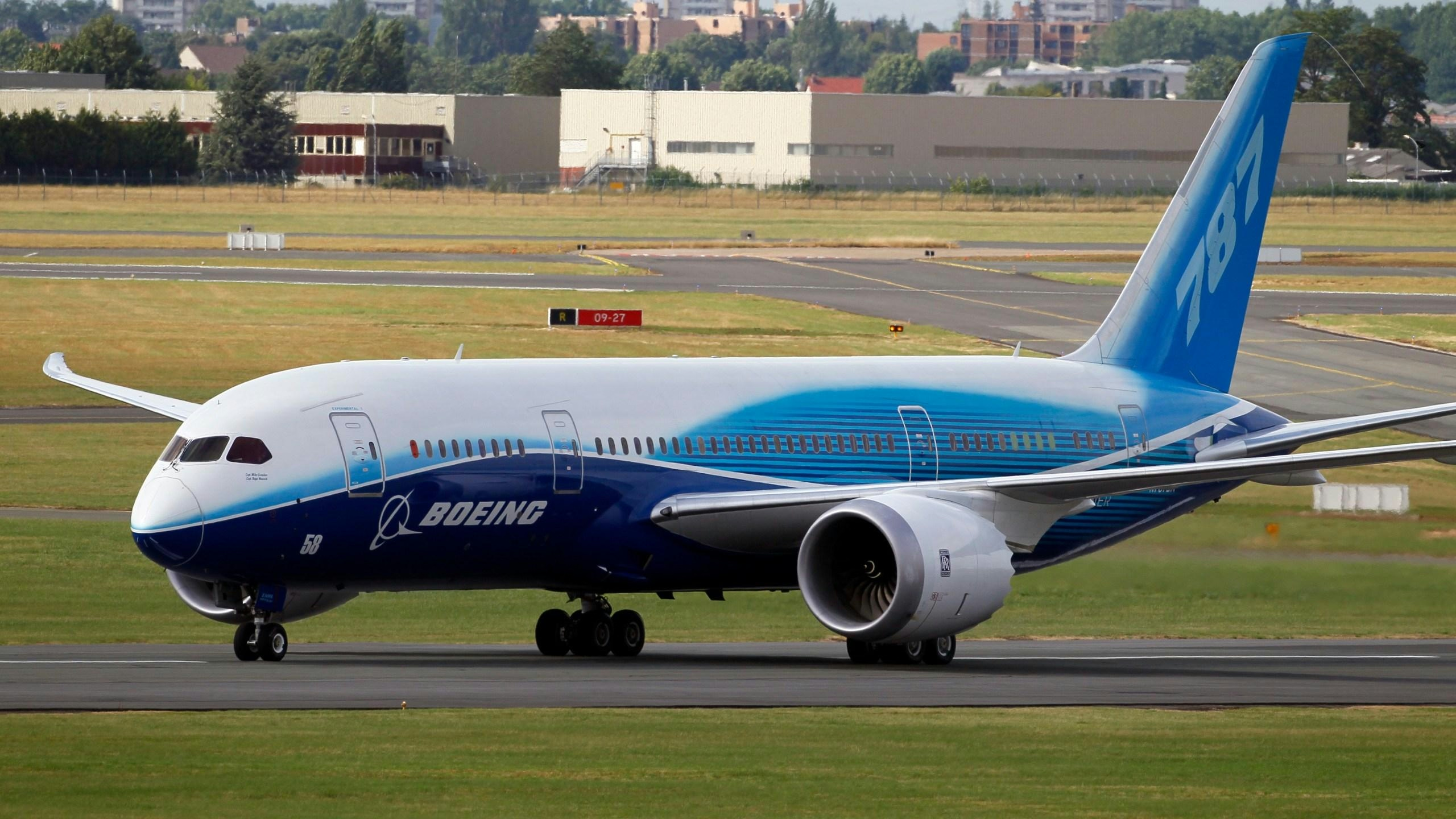
United Airlines 787-8 suffers engine failure over Washington, makes emergency landing
United Airlines 787-8 Experiences Engine Failure Over Washington, Executes Emergency Landing
A United Airlines Boeing 787-8 Dreamliner, operating as Flight UA108 en route to Munich, was compelled to make an emergency landing on July 25 following a left engine failure shortly after departing from Washington Dulles International Airport.
Incident and Emergency Response
The aircraft had ascended to approximately 5,000 feet when the left engine malfunctioned, prompting the flight crew to issue a MAYDAY distress call. Responding promptly, the pilots declared an emergency and coordinated closely with air traffic controllers to facilitate a safe return to the airport. The crew climbed to 6,000 feet and entered a holding pattern northwest of Washington, where they spent nearly two hours and forty minutes dumping fuel to reduce the aircraft’s weight in preparation for landing, according to FlightAware data.
Throughout the incident, air traffic controllers maintained continuous communication with the cockpit, providing precise guidance to ensure safe separation from other air traffic. After completing the fuel dump, the flight crew requested an Instrument Landing System (ILS) approach to Runway 19 Centre. The aircraft landed safely despite operating with a disabled left engine and was subsequently towed from the runway.
No injuries were reported among the passengers or crew. The aircraft remains grounded at Washington Dulles as investigations into the engine failure commence.
Investigation and Broader Context
United Airlines, in conjunction with aviation safety authorities, is expected to conduct a thorough examination of potential technical causes, including scrutiny of the aircraft’s fuel system. This focus has intensified following a recent incident involving an Air India Boeing 787-8, which experienced a severe engine problem shortly after takeoff from Ahmedabad, raising concerns about the reliability of Dreamliner engines.
The timing of these events has heightened attention on the Boeing 787-8 model. The National Transportation Safety Board (NTSB) is also reviewing related safety protocols, particularly in light of a recent report that identified air traffic control miscommunication as a factor in a near-miss incident at Reagan National Airport. These developments coincide with operational challenges faced by United Airlines, including a staff attendance crisis that has contributed to an increase in flight cancellations.
Market observers anticipate that competitors may intensify scrutiny of Boeing 787 models, potentially influencing consumer confidence in United Airlines. As the investigation unfolds, both United Airlines and Boeing confront renewed questions regarding aircraft safety and operational dependability.
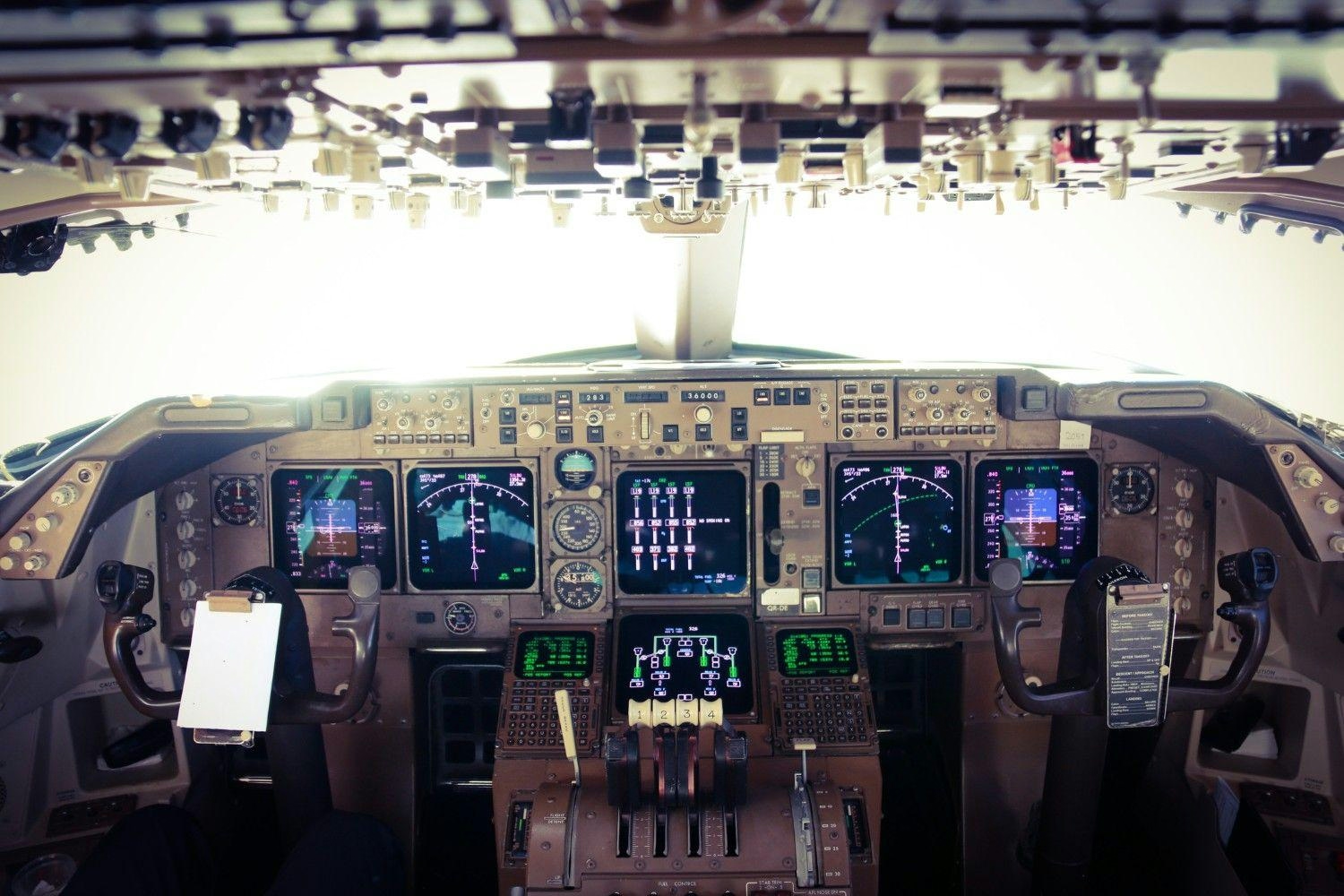
Air India Engine Shutdown: Pilots’ Body Explains FADEC Fuel Cut-Off Theory
Air India Engine Shutdown: Pilots’ Body Highlights FADEC Fuel Cut-Off Theory
Emerging Theories on Engine Failure
The Aircraft Accident Investigation Bureau (AAIB) has suggested that a possible fuel switch error may have caused the catastrophic engine failure on Air India Flight 171. However, new perspectives are focusing on the aircraft’s advanced electronic systems, particularly the Full Authority Digital Engine Control (FADEC), as a potential factor in the incident. Preliminary reports indicate that the crash was initiated by the sudden movement of fuel-control switches to the "cut-off" position, which resulted in both engines being starved of fuel. Cockpit voice recordings reveal that the captain may have cut the fuel flow while the first officer was at the controls. Despite these findings, the Federation of Indian Pilots (FIP) has urged caution against attributing blame to the crew based on early assumptions, emphasizing the need to consider all possible technical causes.
The Role of FADEC and Related Systems
At the heart of the latest theory is the FADEC system, often described as the "brain" of modern aircraft such as the Boeing 787. FADEC is responsible for monitoring and managing critical engine functions, including fuel flow and engine speed, and it has the capability to override pilot commands based on sensor inputs. This system operates in conjunction with the Electronic Engine Controller (EEC) and the Thrust Control Malfunction Accommodation (TCMA) systems. The FIP has raised concerns that a malfunction within these interconnected systems—potentially triggered by faulty sensor data—could have caused FADEC to shut down both engines without any manual input from the crew. This possibility challenges the initial narrative by suggesting that the engine failure may have led to an automatic movement of the fuel switches to the cut-off position, rather than a manual error by the pilots.
Expert Insights and Calls for Thorough Investigation
Aviation attorney Mary Schiavo, speaking to FinancialExpress.com, underscored concerns regarding the TCMA system, which informs FADEC whether the aircraft is on the ground or airborne. She referenced previous incidents, including a 2019 All Nippon Airways (ANA) Boeing 787 flight where FADEC triggered a dual engine shutdown due to erroneous sensor input. Schiavo also mentioned an ongoing investigation into a 2025 United Airlines 787 incident involving uncommanded dives, believed to be linked to software or computer malfunctions. In light of these concerns, the FIP has called for a comprehensive reassessment of the roles played by FADEC, EEC, and TCMA malfunctions in the Air India crash. The pilots’ association is urging investigators to meticulously analyze data from the Flight Data Recorder (FDR), Cockpit Voice Recorder (CVR), and relevant Boeing service bulletins before reaching any conclusions.
In response to the preliminary findings, India’s aviation regulator has mandated inspections of Boeing fuel switches across airline fleets. Meanwhile, families of the victims continue to seek detailed answers as the investigation unfolds. The FIP stresses the importance of a thorough and impartial inquiry, cautioning against premature judgments regarding crew actions until all technical possibilities have been fully examined.
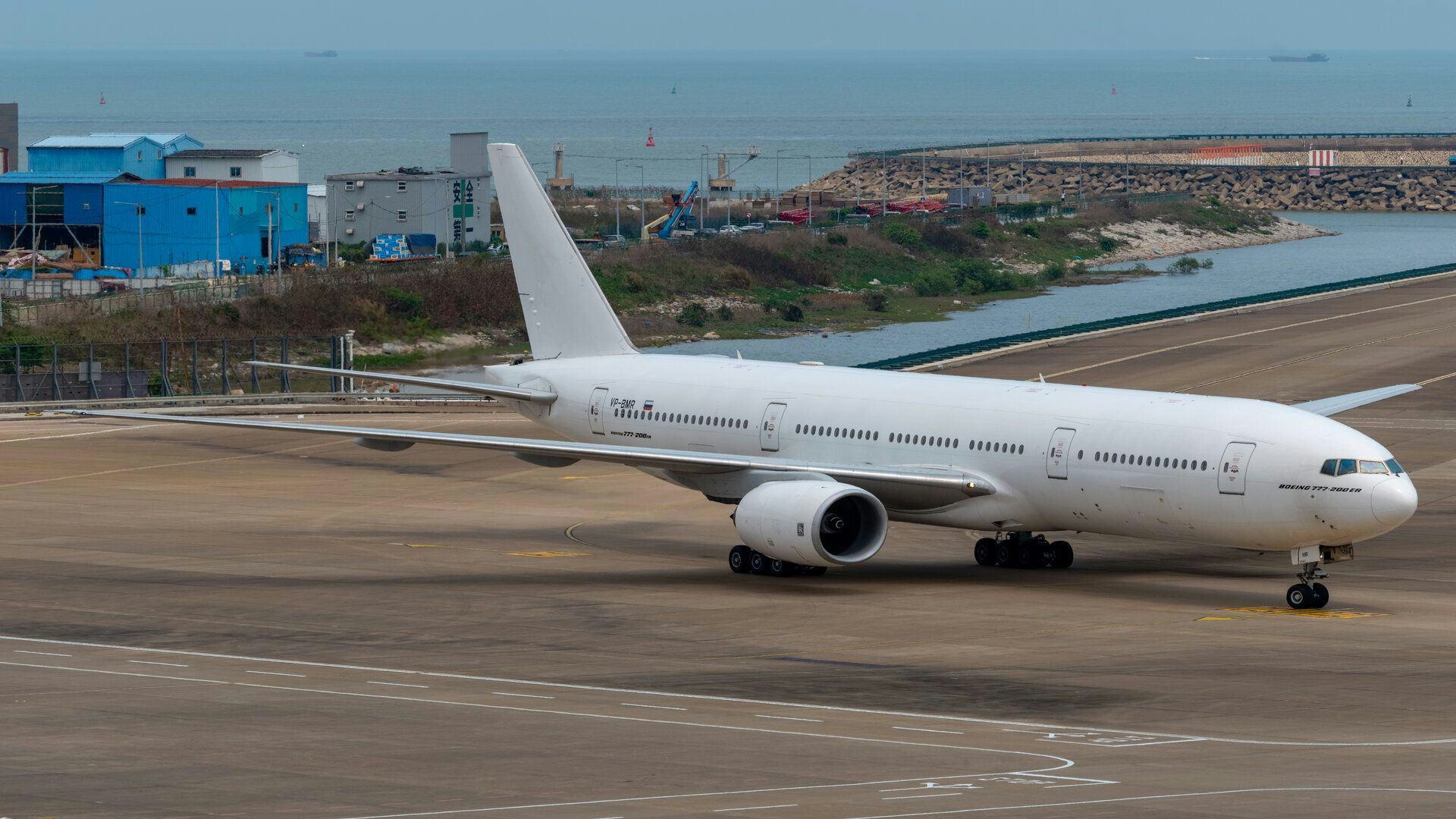
Iran Acquires Five Boeing 777s Through Malagasy Start-Up
Iran Acquires Five Boeing 777s Through Malagasy Start-Up Amid Sanctions Concerns
On July 15, 2025, five Boeing 777-200ER aircraft arrived in Iran after being ferried from Siem Reap New Angkor International Airport in Cambodia. These jets, previously registered in Madagascar under the designations 5R-RIS, 5R-ISA, 5R-HER, 5R-IJA, and 5R-RIJ, were reportedly operated by UDAAN Aviation, a fledgling start-up purporting to launch as a Malagasy carrier. Iranian media reported landings at Chah Bahar, Zahedan, and Mashad, although independent verification has so far only confirmed the arrival of 5R-HER in Mashad.
Complex Ownership and Registration History
The aircraft have a convoluted recent history. Initially operated by NokScoot until the onset of the COVID-19 pandemic, the jets were returned to the Singapore Airlines Group following NokScoot’s liquidation. After a period of storage in Alice Springs, Australia, the planes were acquired by Florida-based Ion Aviation LLC between September 2023 and February 2024 and re-registered in the United States. They were subsequently ferried to Lanzhou, China, before being deregistered from the US registry by March 2024 and exported to Hong Kong. The ownership and registration status of the aircraft after this point remain unclear.
One of the aircraft, formerly registered as N99001 and later as 5R-RIJ, was observed parked at Jakarta Soekarno-Hatta Airport between late May and early July 2025. The Civil Aviation Authority of Madagascar confirmed that all five aircraft were provisionally registered in Madagascar on January 17, 2025, under a three-month permit issued to UDAAN Aviation. The company claimed it intended to operate the aircraft itself and planned to ferry them to Kenya for maintenance. However, the Malagasy regulator stated that these permits expired on April 12, 2025, rendering any subsequent flights under the 5R- registrations illegal.
Allegations of Document Forgery and Legal Action
Further controversy emerged when the Malagasy government alleged that the ferry flights from Cambodia to Iran were conducted using falsified registration certificates, with validity dates fraudulently extended to July 12, 2025. Malagasy authorities have announced plans to pursue legal action against UDAAN Aviation for document forgery.
The ultimate operator of the aircraft in Iran has not been officially confirmed. However, local media speculate that Mahan Air, which currently operates a fleet of Airbus A340s, is the likely recipient. The airline is reportedly seeking to modernize its fleet and may transfer its older quadjets to other Iranian carriers.
International Implications Amid Sanctions
The arrival of these Boeing 777s in Iran occurs amid heightened international scrutiny due to longstanding sanctions on the country’s aviation sector. The transfer raises significant compliance concerns, particularly regarding the sourcing of maintenance and spare parts, which remain tightly restricted under existing sanctions regimes. International aviation authorities and governments critical of Iran are expected to closely monitor the situation, with some already calling for stricter enforcement of sanctions and increased oversight of Iranian aviation activities.
Currently, no other Boeing 777s are operated in Iran, making this transfer both notable and controversial within the global aviation community.

How the Boeing 777-300ER Compares to the Airbus A380 in Size
How the Boeing 777-300ER Compares to the Airbus A380 in Size
When discussing the largest commercial aircraft in operation today, the Boeing 777-300ER and the Airbus A380 are the two dominant models. Each represents a significant achievement in aerospace engineering but caters to different operational needs and market demands. Their differences in size, passenger capacity, and intended use highlight the distinct roles they play within global aviation.
Size and Capacity: A Detailed Comparison
The Airbus A380 holds the distinction of being the largest passenger airliner ever constructed. Its unique double-deck design enables it to accommodate up to 853 passengers in an all-economy configuration, or approximately 575 passengers in a more typical three-class layout. By contrast, the Boeing 777-300ER, the largest variant within the 777 family, can seat a maximum of 550 passengers in a high-density arrangement, though it more commonly carries around 396 passengers in a three-class configuration.
Physically, the A380 exceeds the 777-300ER in nearly every dimension except length. The 777-300ER measures 242 feet 4 inches (73.9 meters) in length, slightly longer than the A380’s 238 feet 7 inches (72.7 meters). However, the A380’s wingspan extends to 261 feet 8 inches (79.8 meters), significantly wider than the 777-300ER’s 212 feet 7 inches (64.8 meters). The A380 also stands taller at 79 feet (24.1 meters), compared to the 777-300ER’s height of 61 feet (18.5 meters). In terms of maximum takeoff weight, the A380’s 1,234,600 pounds (560,000 kilograms) far surpasses the 777-300ER’s 775,000 pounds (351,534 kilograms). These dimensions underscore the A380’s dominance in size and capacity, despite the 777-300ER’s advantage in length.
Operational Roles and Market Positioning
The Boeing 777-300ER was engineered to serve long-haul routes with a focus on operational efficiency and flexibility. Its twin-engine design allows it to operate from a broader range of airports, including those unable to accommodate the larger A380. This versatility, combined with lower operating costs and a moderate passenger capacity, makes the 777-300ER a preferred choice for airlines seeking to balance capacity with economic performance.
Conversely, the Airbus A380 was developed to maximize passenger volume on high-density international routes, primarily connecting major global hubs. Its immense size necessitates specialized airport infrastructure, limiting the number of airports capable of handling the aircraft. Nevertheless, the A380 remains a favored option for carriers aiming to transport large numbers of passengers efficiently on heavily trafficked routes.
Industry Response and Future Developments
The market’s response to these aircraft reflects their strategic roles within the aviation sector. Emirates, the largest operator of the A380, continues to invest in the superjumbo, with plans to upgrade its first-class suites and extend the aircraft’s operational lifespan through 2040. The airline has also expressed interest in Boeing’s developments, including visits to Boeing’s assembly facilities to monitor progress.
Meanwhile, other airlines are reassessing their fleet compositions. Kenya Airways, for example, is considering reintroducing the 777-300ER alongside exploring the Boeing 737 MAX, demonstrating the ongoing relevance of the 777 family. In response to Boeing’s advancements, Airbus is developing a stretched version of its A350 to compete directly with the forthcoming Boeing 777-9, highlighting the competitive dynamics shaping the large aircraft market.
Conclusion
While the Airbus A380 remains the world’s largest passenger aircraft by nearly every measure except length, the Boeing 777-300ER continues to hold a vital position in commercial aviation due to its versatility and efficiency. Both aircraft exemplify the evolving demands of the industry and maintain prominent roles in the global air travel landscape.
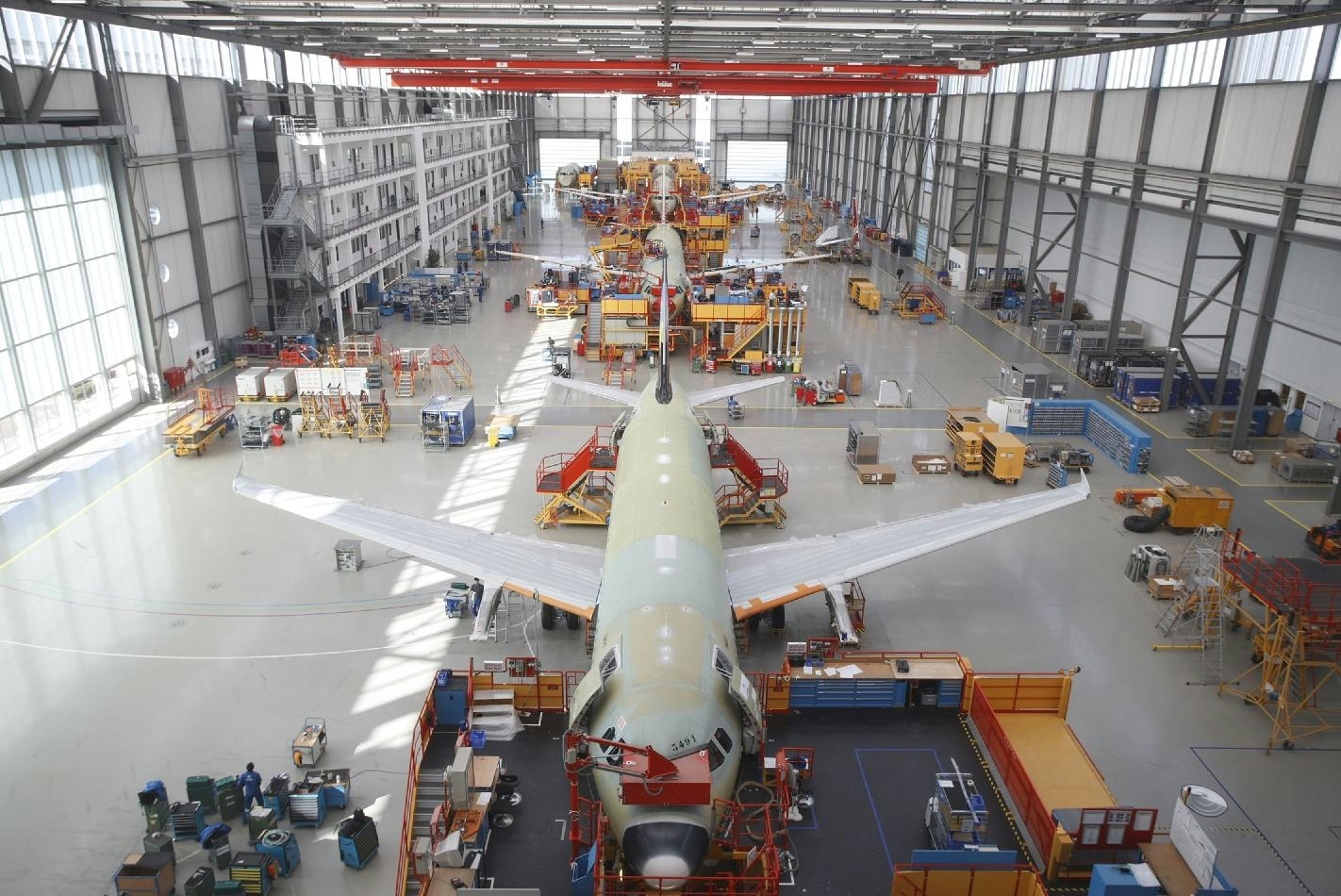
Airbus Faces Supply Chain Challenges Despite Strong Delivery Numbers
Airbus Faces Supply Chain Challenges Despite Strong Delivery Numbers
European aerospace giant Airbus continues to confront significant supply chain difficulties, even as it reports robust delivery figures for the first half of the year. The company delivered approximately 320 aircraft during this period, with CEO Guillaume Faury reaffirming the firm’s commitment to an ambitious annual target of 820 deliveries. However, Faury acknowledges that persistent material shortages and logistical disruptions are making this goal increasingly challenging to achieve.
Production Bottlenecks and Component Shortages
To meet its 2024 target, Airbus must deliver around 500 aircraft in the second half of the year, a demanding prospect given ongoing bottlenecks, particularly in engine supplies. Market analysts estimate that Airbus delivered about 60 aircraft in June, a figure below the company’s industrial capacity. The primary constraint remains the shortage of critical components, especially engines such as the CFM LEAP-1A models used in the A320neo series. These shortages have led to a growing backlog of completed airframes, often referred to as “gliders,” which are awaiting missing parts before they can be handed over to customers.
The supply chain disruptions are especially problematic as Airbus seeks to ramp up production. The company aims to increase output of its popular A320neo program to 75 aircraft per month by 2027. Yet, Faury has conceded that the annual delivery target has “become a little more ambitious” due to ongoing delays in engine and component deliveries. Internally, Airbus executives have suggested that absent these supply chain issues, the company could have already achieved four-digit annual production figures.
Industry Context and Future Outlook
Despite these challenges, Airbus asserts that its efforts to reset and stabilize its supply chain are beginning to show progress. Nonetheless, production rates remain below planned levels, reflecting the broader global supply chain difficulties that have affected the aviation sector since the pandemic. These disruptions continue to compel Airbus and its competitors to frequently adjust production plans and strategies.
The wider industry landscape highlights the complexity of the situation. Airlines and manufacturers are adapting to shifting market dynamics: All Nippon Airways (ANA) has confirmed orders for aircraft from Airbus, Boeing, and Embraer, while Saudi Arabia’s Riyadh Air recently placed an order for up to 50 Airbus A350-1000s. Looking ahead, Airbus projects demand for 34,250 single-aisle aircraft over the next two decades, signaling strong long-term market prospects. However, trade tensions and ongoing supply chain constraints remain significant concerns for the company.
As Airbus navigates these obstacles, its ability to adapt production strategies and sustain delivery momentum will be critical to meeting both its immediate targets and long-term growth ambitions.
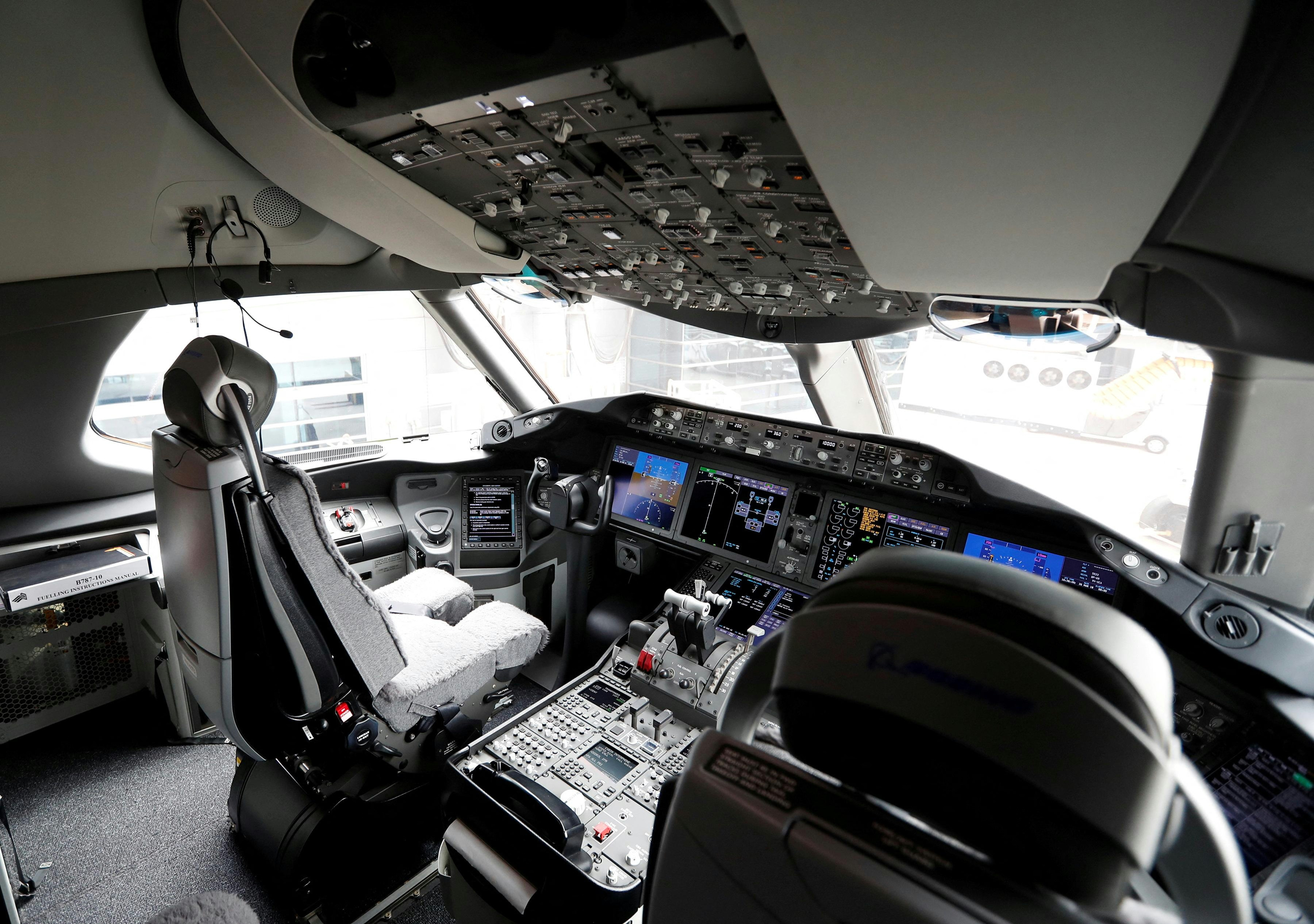
US Expert: Boeing 787 Experienced Fuel Switch Cut-Off in 2019; Japanese Pilots Did Not Intervene
US Expert Highlights Fuel Switch Cut-Off in 2019 Boeing 787 Incident; Japanese Pilots Did Not Intervene
A preliminary investigation into the Air India AI 171 crash in Ahmedabad has renewed focus on the Boeing 787’s fuel switch system. India’s Aircraft Accident Investigation Bureau (AAIB) reported that the fuel switch had shifted from the “Run” to the “Cutoff” position prior to the crash. The 15-page report, released this week, included a paraphrased exchange between Captain Sumeet Sabharwal and First Officer Clive Kunder, in which one pilot questioned the other about cutting off the fuel supply. Both pilots denied any deliberate action to do so. Shortly thereafter, a Mayday call was issued, and the aircraft crashed into a hostel for medical students, resulting in the deaths of all on board.
The AAIB report does not clarify how or why the fuel switch moved to the “Cutoff” position, leaving open the possibility of either pilot error or mechanical malfunction. To provide further insight, FinancialExpress.com consulted Mary Schiavo, a US aviation expert, who dismissed theories of intentional pilot intervention. Schiavo emphasized the absence of evidence supporting deliberate action and called for the full release of cockpit voice recorder (CVR) transcripts to avoid misinterpretation. She stated, “There is nothing here to suggest pilot suicide or murder.”
Parallels with 2019 ANA Boeing 787 Incident
Schiavo also referenced a similar event in 2019 involving an All Nippon Airways (ANA) Boeing 787. During final approach from Tokyo to Osaka, both engines failed after the aircraft’s software erroneously detected that it was on the ground. This triggered the Thrust Control Malfunction Accommodation System, which cut fuel to the engines. According to Schiavo, the pilots did not engage the fuel cutoff switches. The malfunction was ultimately traced to a software glitch rather than human error. The ANA flight, carrying 109 passengers and 9 crew members, landed safely without injuries.
Regulatory Response and Ongoing Investigations
The Air India crash has intensified scrutiny of Boeing’s fuel switch mechanisms. India’s civil aviation authority has ordered inspections of cockpit fuel switches on Boeing aircraft following the AAIB’s findings. Meanwhile, the US Federal Aviation Administration (FAA) and Boeing have maintained that the fuel switch locks are safe. However, investigations continue to explore whether the Ahmedabad crash resulted from pilot action or a technical fault.
Regulatory bodies worldwide are responding to these concerns. The UK Civil Aviation Authority (CAA) issued a warning just weeks before the crash, highlighting potential issues with fuel shutoff valves on several Boeing models, including the 737, 757, 767, 777, and 787. The fuel control switches, housed within the Throttle Control Module (TCM), had been replaced on the ill-fated AI 171 aircraft in both 2019 and 2023. Despite these replacements, questions remain regarding the reliability of the locking mechanism.
The heightened regulatory scrutiny and ongoing investigations have placed significant pressure on Boeing, with potential repercussions for its market position and investor confidence. As authorities continue to determine the root cause of the AI 171 crash, the aviation industry is preparing for possible safety reviews and further regulatory measures.
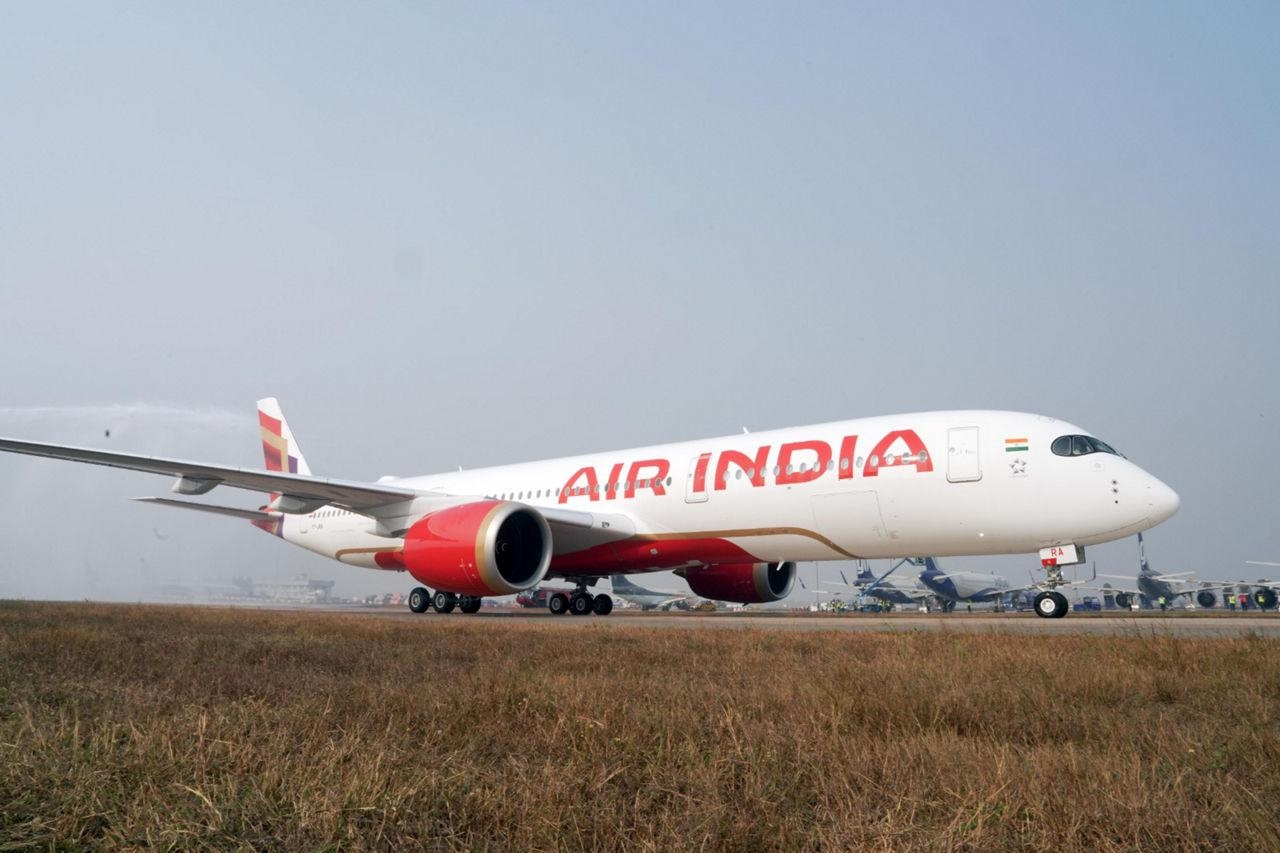
Air India Announces Delivery Schedule for A321neo, A350-1000, and 787-9 Aircraft
Air India Announces Delivery Schedule for A321neo, A350-1000, and 787-9 Aircraft
Major Fleet Modernization Underway
Air India Group, now under the ownership of the Tata Group, is advancing a landmark fleet renewal initiative that promises to transform its operational capabilities and competitive positioning within the Indian aviation sector. Central to this effort is an unprecedented order of 570 aircraft, among the largest in the history of commercial aviation. This extensive acquisition includes the latest models from Airbus and Boeing, notably the A321neo, A350-1000, 787-9 Dreamliner, and 777-9. These additions are expected to significantly expand Air India’s capacity and modernize its fleet.
Delivery Timeline and Deployment Plans
To date, the Air India Group—which comprises both Air India (AI) and Air India Express (IX)—has taken delivery of six Airbus A350-900s alongside more than 40 Boeing 737 MAX aircraft. The next phase of this fleet expansion is scheduled to commence in mid-2025, with the introduction of the first A321neo, A350-1000, and 787-9 Dreamliner aircraft. This phase represents a critical step in the airline’s strategy to increase capacity and enhance service offerings.
Air India Express will be the initial operator of the new A321neo, launching scheduled services from April 15, 2025. The inaugural routes will connect Delhi (DEL) with Bengaluru (BLR) and Srinagar (SXR), with subsequent expansions on April 20 to include Ayodhya (AYJ) and Jaipur (JAI). The A321neo will be configured with 180 economy seats and 12 business class seats, providing improved passenger options on key domestic routes. Currently, Air India operates two A321neos (registrations VT-RTC and VT-RTD) in a 192-seat dual-class layout.
Supply Chain Challenges and Operational Adjustments
Despite the progress, Air India continues to grapple with significant supply chain disruptions. CEO Campbell Wilson has acknowledged ongoing difficulties in procuring essential components such as engines, fuselages, and premium cabin seats. These challenges are expected to cause delivery delays from both Airbus and Boeing, potentially affecting the airline’s growth trajectory for the next four to five years. In response, Air India is extending the operational lifespan of older aircraft, which entails increased maintenance costs, and is facing obstacles in leasing additional planes due to global shortages. The airline is also exercising prudence regarding further Boeing orders amid manufacturing and regulatory constraints.
Widebody Fleet Expansion: A350-1000 and 787-9
The first A350-1000 destined for Air India is nearing completion at Airbus’s Toulouse facility and is anticipated to be delivered in 2026. Currently registered as F-WZFI, the aircraft will soon be re-registered under the VT-series for Indian operations. Concurrently, the initial Boeing 787-9 Dreamliners from the 2023 order are expected to arrive by the end of 2025. Three 787-9s are presently in production at Boeing’s Charleston, South Carolina plant, equipped with General Electric GEnx-1B engines.
Order Composition and Market Implications
Air India’s comprehensive 570-aircraft order includes 20 A350-900s, 20 A350-1000s, 140 A320neos, and 70 A321neos from Airbus, alongside 20 787-9 Dreamliners, 10 777X, and 190 737-8 MAX aircraft from Boeing. Additionally, a 2024 order comprises 10 more A350s and 90 A320 Family aircraft. This sweeping modernization is anticipated to provoke strategic responses from rival carriers, who may reassess their fleet plans in light of Air India’s expanded capacity. Industry analysts expect this development to intensify competition and elevate passenger service standards across the Indian aviation market.
Commitment to Sustainability and Efficiency
Air India’s investment in next-generation aircraft reflects a strong commitment to operational efficiency, passenger comfort, and environmental stewardship. The new A350 and 787-9 models offer substantial fuel savings and reduced emissions, aligning with global efforts to promote sustainable aviation. As these aircraft enter service from mid-2025 onward, Air India is positioned to lead the industry’s transition toward eco-friendly, high-capacity air travel.
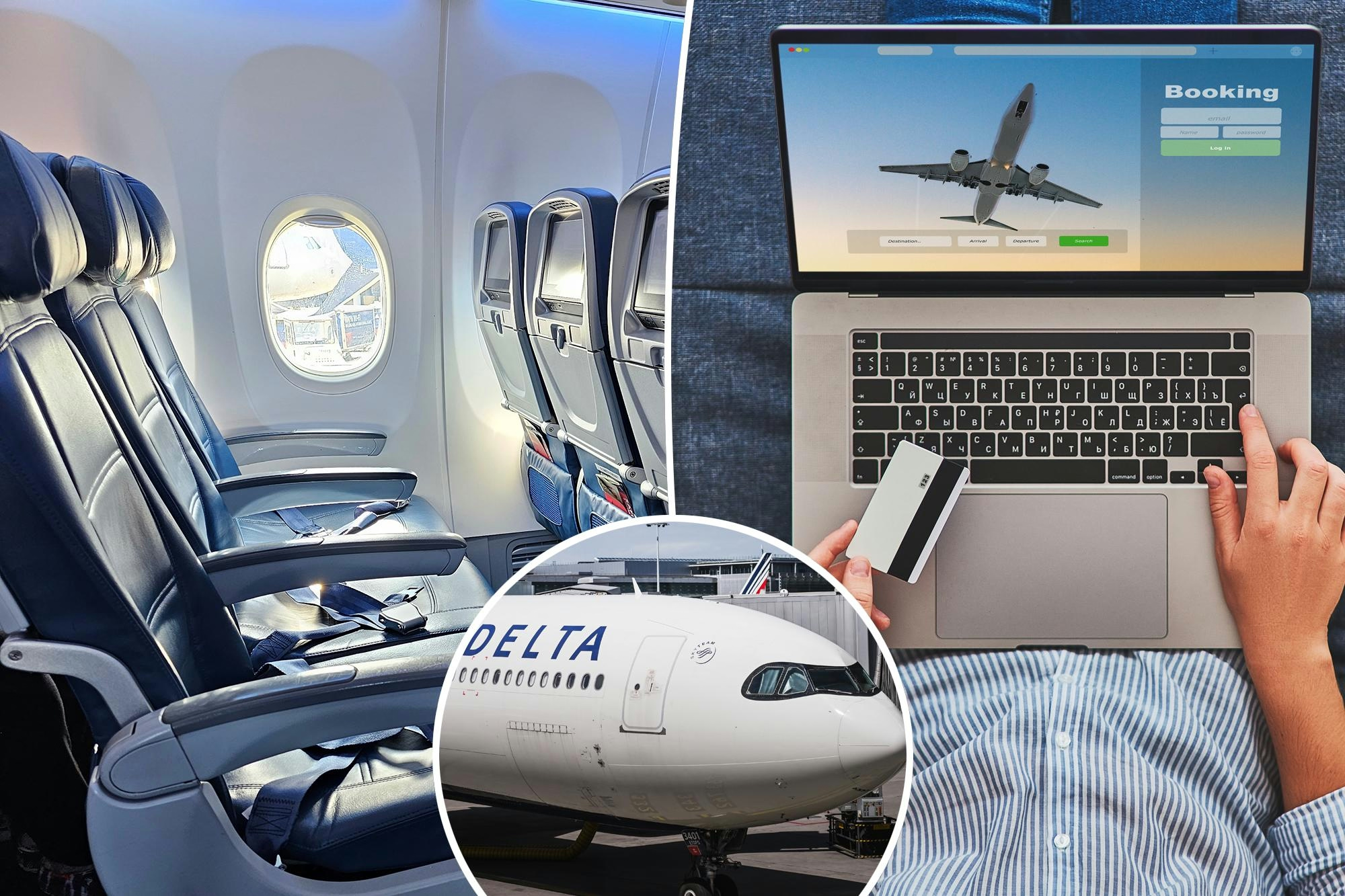
How Airlines Use AI to Set Ticket Prices and What Travelers Should Know
How Airlines Use AI to Set Ticket Prices and What Travelers Should Know
The Rise of AI in Airline Pricing
Airlines are increasingly leveraging artificial intelligence to determine ticket prices, a development that has significant implications for travelers. Actions as routine as accepting website terms, enabling browser cookies, or logging into loyalty accounts can now influence the cost of a flight. This shift toward AI-driven pricing raises important questions about privacy, fairness, and the potential for rising travel expenses.
Delta Air Lines recently disclosed that approximately three percent of its domestic ticket prices are set using AI technology developed by the Israeli startup Fetcherr. This system evaluates a range of factors, including customer lifetime value, previous purchasing behavior, and the real-time context of each booking inquiry, to create personalized offers. Glen Hauenstein, Delta’s president, highlighted the positive impact on revenue and indicated the airline’s goal to increase AI-based pricing to cover 20 percent of tickets by the end of 2025.
Industry Response and Regulatory Concerns
The adoption of AI pricing models has drawn scrutiny from U.S. lawmakers concerned that such practices could lead to higher fares and unfair disadvantages for certain consumers. Public reaction has been mixed, with some travelers uneasy about individualized pricing mechanisms that may reduce transparency and affordability in air travel.
Other airlines are following suit, investing in AI expertise and developing machine learning solutions to implement dynamic, data-driven pricing strategies. This trend signals a broader transformation within the industry, but it also invites heightened regulatory attention. Authorities are increasingly examining how AI technologies affect consumer rights and market competition, seeking to balance innovation with fairness.
Privacy and Legal Frameworks in Canada
In Canada, airlines such as Porter acknowledge the use of dynamic pricing and the integration of AI in some operational areas, though they currently do not employ AI for personalized ticket pricing. Canadian consumers benefit from stronger privacy protections under the Personal Information Protection and Electronic Documents Act (PIPEDA), which mandates that businesses obtain “meaningful consent” before collecting, using, or sharing personal data.
Nevertheless, experts warn that PIPEDA is outdated and does not fully address the complexities introduced by AI-driven pricing. Terry Cutler, a Canadian information security strategist, points out that while some protections exist, significant ambiguities remain, especially when data is used in unexpected ways—such as adjusting prices based on browsing habits or device types.
Kris Klein, founder of the privacy law firm nNovation LLP, explains that implied consent may suffice for basic personalization like targeted advertising following a web search. However, express consent is necessary when profiling involves sensitive information or exceeds reasonable expectations, such as targeting individuals based on medical-related searches.
Implications for Travelers
As airlines accelerate the implementation of AI-powered pricing, travelers should remain vigilant about how their personal data is utilized. With regulatory frameworks struggling to keep pace with rapid technological advancements, consumers find themselves navigating a marketplace that is evolving quickly and often lacks transparency. Understanding these dynamics is essential for protecting privacy and making informed decisions in the era of AI-driven air travel pricing.
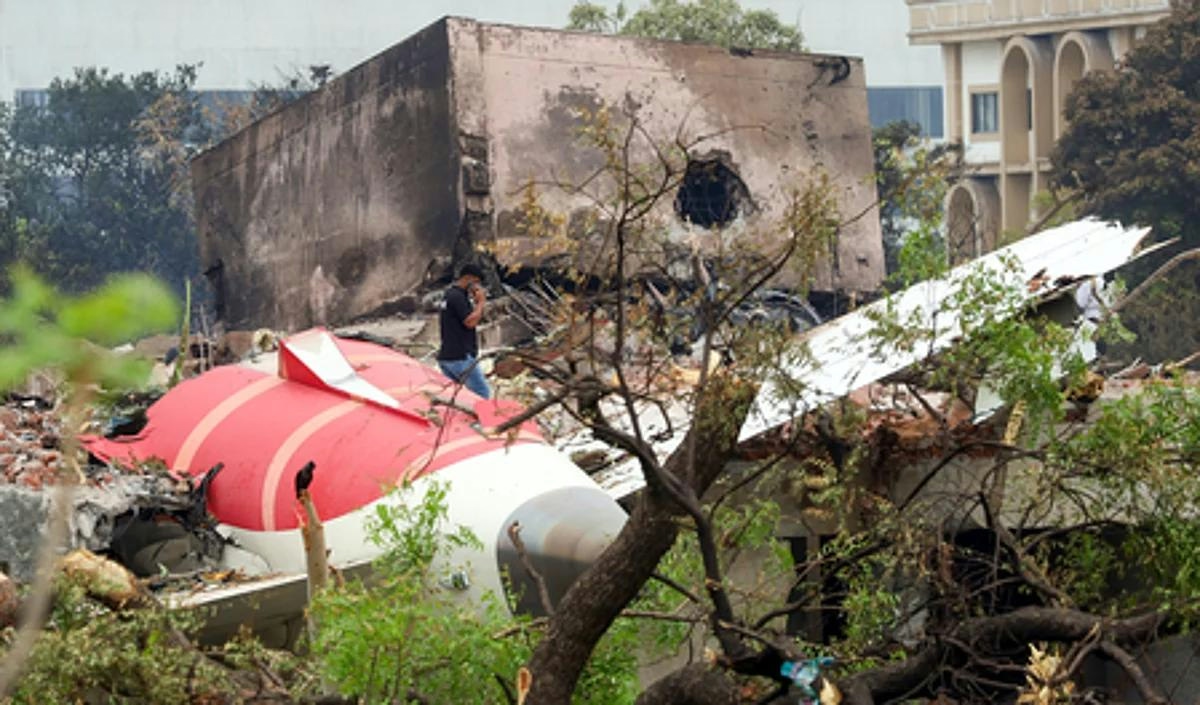
Call to Release Full Transcript of AI Flight 171 Audio Recording
Call for Full Disclosure of AI Flight 171 Cockpit Audio Transcript
The recent incident involving AI Flight 171 has ignited a contentious debate, particularly following strong objections from the Indian pilots’ association. The association criticized the preliminary report for what it described as unfair insinuations against the flight crew. Concurrently, certain Western media outlets have speculated about possible confusion in the cockpit, implying pilot error as a contributing factor. The Aircraft Accident Investigation Bureau (AAIB), in its initial findings, appeared to suggest this possibility but refrained from making explicit accusations. Notably, the AAIB’s report included only two paraphrased sentences from the pilots’ cockpit exchange, omitting the full audio transcript and raising significant concerns about transparency.
Unresolved Operational Details and Safety Concerns
Critical details surrounding the incident remain unclear. First officer Clive Kunder, aged 32, was at the controls during the event, with the pilot-in-command, Sumeet Sabharwal, 56, overseeing operations. It has not been established which pilot questioned the other regarding the shutdown of the fuel switches. The first fuel switch was turned off at 1:38:42 pm, but the crew took approximately ten seconds to reactivate it—a delay that has attracted scrutiny. Furthermore, the fuel supply to the second engine was restored four seconds after the first, rather than simultaneously. While the first engine responded promptly, the second continued to experience difficulties. These operational uncertainties are compounded by prior concerns raised by the US Federal Aviation Administration (FAA), which had flagged potential issues with Boeing’s fuel switch locking mechanism as early as 2018. The maintenance history of the fuel switches on this specific aircraft remains undisclosed.
Calls for Transparency Amid Ongoing Investigation
There is a growing demand for the AAIB to release the full transcript of the cockpit audio. Advocates argue that only complete transparency can dispel suspicions that the preliminary report was crafted to assign blame to the pilots, who tragically cannot defend themselves. Full disclosure is also seen as essential to provide some measure of closure to the victims’ families, even as the final investigation report may take up to a year to be completed.
However, the release of the full transcript presents challenges. The investigation remains active, and legal considerations may restrict the immediate publication of sensitive audio recordings. Beyond legalities, the aviation industry is closely monitoring Air India’s response, with heightened scrutiny on its operational protocols and safety standards. Rival airlines are reportedly reviewing their own safety procedures and may increase pressure on Air India to demonstrate full transparency.
At present, no definitive conclusions have been drawn regarding the cause of the crash. The insistence on releasing the full cockpit transcript highlights the broader imperative for openness and accountability, both to ensure a fair investigation and to restore public confidence in aviation safety.
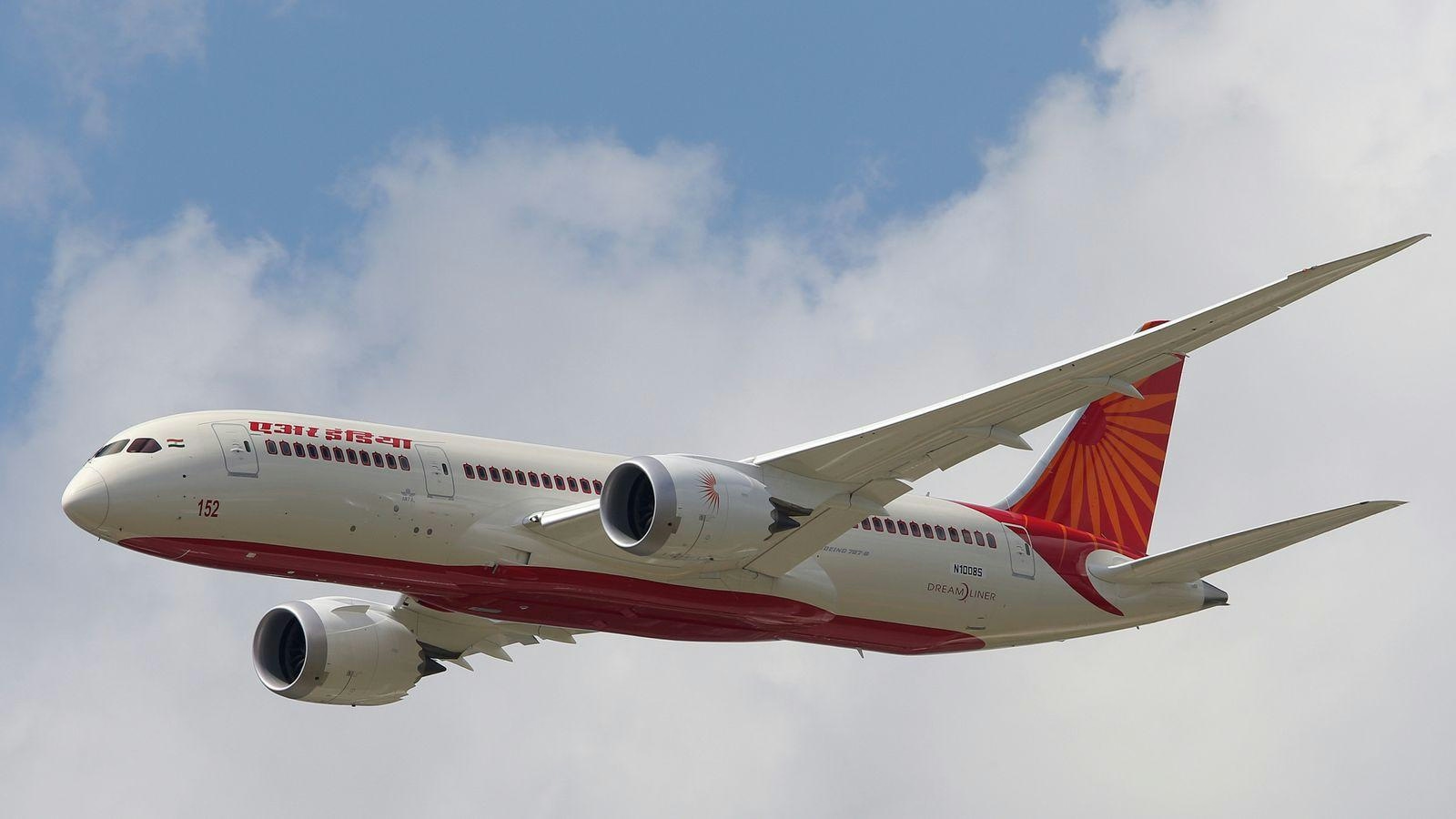
Aviation Expert Suggests Boeing 787 Software May Have Contributed to AI Crash
Aviation Expert Raises Concerns Over Boeing 787 Software in Air India Crash
Mary Schiavo, former Inspector General of the U.S. Department of Transportation and a prominent aviation attorney, has expressed serious concerns that a software-related engine thrust rollback malfunction in the Boeing 787 may have played a role in the recent crash of Air India Flight AI-171. In an exclusive interview with *The Sunday Guardian*, Schiavo highlighted a known issue previously examined by the U.S. National Transportation Safety Board (NTSB), where the aircraft’s computer systems could mistakenly reduce engine thrust during flight.
Drawing on her extensive experience overseeing major air safety investigations and representing families affected by aviation disasters, Schiavo emphasized the risks posed by Boeing’s involvement in its own crash investigations. She called on India’s Directorate General of Civil Aviation (DGCA) to undertake a comprehensive and independent inquiry, particularly given the complexity of the Boeing 787’s software systems.
Software Malfunction and Regulatory Concerns
Central to Schiavo’s warning is the Thrust Control Malfunction Accommodation (TCMA) system, mandated by the Federal Aviation Administration for the Boeing 787. The TCMA operates in conjunction with the Full Authority Digital Engine Control (FADEC) system, relying on computer inputs to determine whether the aircraft is airborne or on the ground. If these systems incorrectly classify the aircraft’s status, they may automatically adjust engine settings, potentially reducing thrust without any pilot intervention.
Schiavo referenced a 2019 incident involving Japan’s All Nippon Airways (ANA), where a similar dual engine thrust rollback occurred. The NTSB investigation into that event identified the issue as a software design flaw and led to corrective measures across the 787 fleet. According to Schiavo, such computer-triggered thrust reductions would leave distinct signatures in the flight data recorder, which investigators should carefully analyze in the case of AI-171.
Wider Implications for Boeing and the Aviation Industry
The possibility that Boeing 787 software contributed to the Air India crash is expected to heighten scrutiny from aviation regulators worldwide. Should software faults be confirmed, both Boeing and Air India could face significant legal consequences. The incident may also prompt a broader reassessment of software-related risks within the 787 fleet. Schiavo drew parallels to Boeing’s handling of the MCAS software issue, which previously sparked global controversy and regulatory intervention.
Beyond regulatory and legal ramifications, the crash carries immediate consequences for the global aviation insurance market. Industry analysts warn that insurance and reinsurance premiums could increase, particularly in India, where the aviation insurance sector has already been grappling with financial losses. Competitors may leverage the situation to highlight their own safety records and technological advancements, potentially affecting Boeing’s market position.
For Air India, the crash presents a critical challenge to its Vihaan.AI transformation program, which aims to elevate the airline to world-class status within five years. The investigation’s outcome and the airline’s subsequent response will be closely monitored by regulators, insurers, and the traveling public.
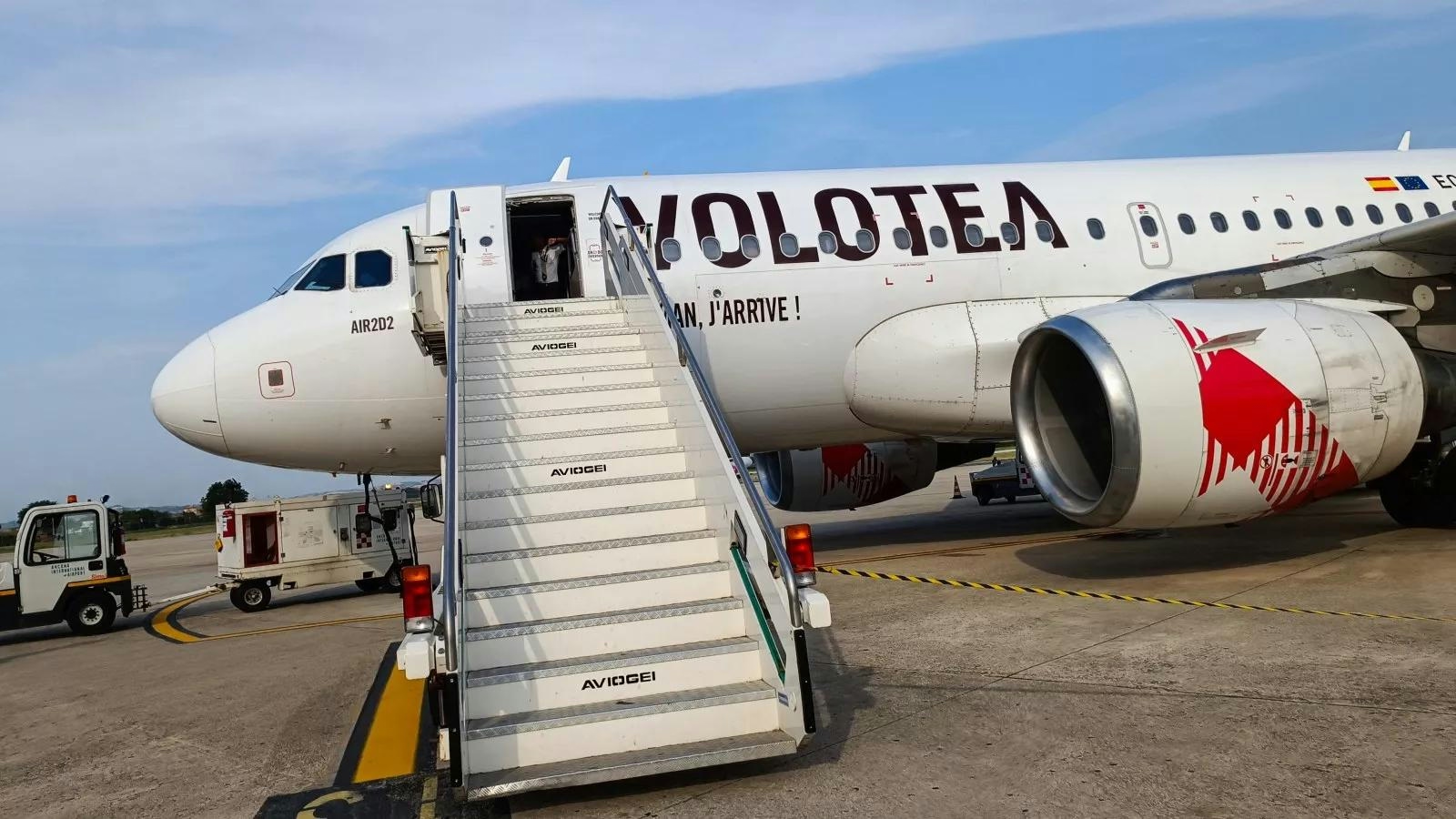
Investigation Launched into Fatal Injury Caused by Volotea A319 Engine at Milan Bergamo Airport
Investigation Launched into Fatal Injury Caused by Volotea A319 Engine at Milan Bergamo Airport
A tragic accident at Milan Bergamo Airport has resulted in the death of a ground worker after being struck by the engine of a Volotea Airbus A319 during taxiing operations. The incident occurred as the aircraft was maneuvering along a taxiway in preparation for departure. Italian authorities have initiated a formal investigation to establish the exact circumstances surrounding the fatality.
Details of the Incident
The accident took place at Milan Bergamo Airport, a key hub for low-cost carriers in northern Italy. The Volotea Airbus A319 involved, a narrow-body aircraft typically deployed on short- and medium-haul routes, was not carrying passengers at the time of the incident. Preliminary reports indicate that the victim, whose identity has not been disclosed, was working in close proximity to the aircraft’s engine when the accident occurred. The flight crew onboard the aircraft were unharmed.
Investigators are currently examining whether the engine was operating at high thrust during the incident and if all standard safety protocols were properly observed. The precise sequence of events remains under review as authorities gather further evidence.
Investigation and Regulatory Response
Italy’s Civil Aviation Authority (ENAC) has launched a comprehensive inquiry focusing on airport safety procedures and the aircraft’s taxiing operations. The investigation seeks full cooperation from Volotea, airport management, and ground personnel to clarify the factors that contributed to the fatal accident.
The inquiry will evaluate whether established safety measures were adhered to and if any technical or procedural lapses played a role. The findings are anticipated to influence future safety protocols and may have wider implications for ground operations across Italian airports.
Airport and Airline Statements
Both Milan Bergamo Airport and Volotea have expressed their condolences to the family of the deceased and have pledged full cooperation with the ongoing investigation. Airport officials confirmed that the accident occurred during routine taxiing and noted that overall airport operations were not significantly disrupted. They also emphasized their commitment to reviewing and enhancing safety protocols to prevent similar incidents in the future.
A spokesperson for Volotea stated, “We are deeply saddened by this tragedy and are fully cooperating with the authorities to understand the cause of this incident. Our thoughts are with the family of the individual involved, and we are committed to supporting the investigation process in any way possible.”
Broader Implications for Volotea and the Industry
This incident places Volotea under heightened regulatory scrutiny and may expose the airline to compensation claims as well as reputational challenges. Should Volotea be publicly traded, market reactions could include fluctuations in its stock price. Competitors within the industry may respond by reinforcing their own safety measures and issuing public reassurances to maintain customer confidence.
The tragedy highlights the critical importance of strict adherence to ground safety protocols, particularly in the vicinity of active aircraft engines. Modern jet engines, such as those fitted on the Airbus A319, present significant hazards if safety procedures are not rigorously enforced. The ongoing investigation will be closely monitored by industry stakeholders and the public alike.
For further updates, official statements from Volotea and Italian aviation authorities should be consulted.

Etihad Airways Receives First A321XLR Aircraft
Etihad Airways Receives First A321XLR Aircraft
Etihad Airways has officially taken delivery of its first Airbus A321XLR, marking a significant advancement in the airline’s fleet expansion and strategic growth plans. Registered as A6-LRA (msn 12471), this aircraft is the initial unit in a series of thirty A321XLRs that the Abu Dhabi-based carrier intends to incorporate. Notably, it is also the first of twenty aircraft to be dry-leased from AerCap. The handover ceremony occurred at Airbus’s Hamburg Finkenwerder facility, with the aircraft scheduled to be ferried to Abu Dhabi International Airport in the near future.
Strategic Implications and Route Expansion
Antonoaldo Neves, Chief Executive of Etihad Airways, emphasized the importance of this acquisition, describing it as a pivotal step toward realizing the airline’s broader ambitions. He highlighted the aircraft’s medium-haul capabilities and operational efficiency as key factors that will enable Etihad to increase flight frequencies and open new routes. Operations with the A321XLR are set to commence on August 1, beginning with a daily service to Phuket. Additional destinations under consideration for the new fleet include Düsseldorf, Copenhagen, Phnom Penh, Krabi, Milan Malpensa, Tunis, Chiang Mai, Hanoi, and Algiers, reflecting a strategic push to diversify and expand the airline’s network.
Aircraft Configuration and Fleet Modernization
The A321XLR delivered to Etihad features a three-class cabin layout accommodating 160 passengers: 144 in economy, 14 in business, and two in first class. This configuration is designed to enhance the airline’s premium product offering and attract a wider passenger base amid intensifying competition in the region. Currently, Etihad’s fleet consists of 112 aircraft, including a diverse mix of Airbus A320s, A321s, A330s, A350-1000s, A380-800s, as well as Boeing 747s, 777s, and 787s. The airline has set an ambitious target to expand its fleet to 170 aircraft by 2030, underscoring its commitment to modernization and growth.
Operational Challenges and Competitive Landscape
The integration of the A321XLR into Etihad’s operations presents several challenges. The introduction of advanced technology necessitates extensive crew training and adjustments to maintenance protocols. Furthermore, the market is expected to respond dynamically, as competitors such as AirAsia and Qatar Airways continue to expand their own long-range narrowbody fleets. These rivals may counter Etihad’s expansion by increasing flight frequencies, enhancing premium services, or capitalizing on routes vacated by carriers like Wizz Air Abu Dhabi, which recently exited the market.
As Etihad positions itself to leverage new opportunities and strengthen its network, the successful deployment of the A321XLR will be critical in maintaining its competitive advantage within a rapidly evolving aviation environment.
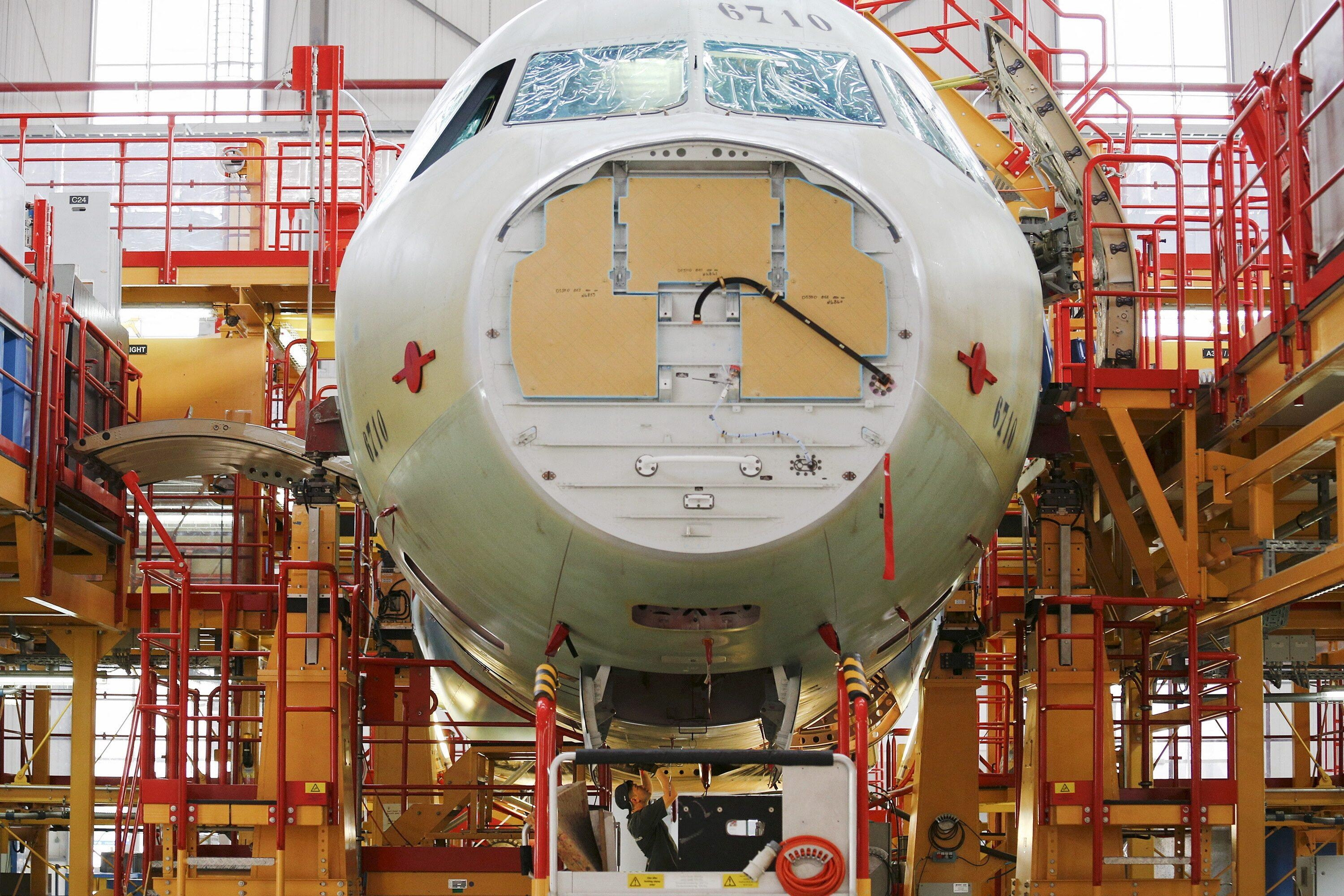
Airbus Faces Challenges as A320neo Production Slows
Airbus Faces Challenges as A320neo Production Slows
Production Delays and Engine Supply Issues
Airbus is currently confronting significant production delays for its A320neo-family aircraft, with nearly 40 jets held at its facilities awaiting engine installation. Despite these setbacks, Christian Scherer, Airbus’s commercial aircraft chief, asserts that the underlying performance of single-aisle production is showing signs of improvement. In the first five months of 2024, Airbus delivered 189 A320neo-family aircraft, a decline from 208 deliveries during the same period last year. Speaking at a briefing in Toulouse on June 11, Scherer emphasized that if not for the engineless aircraft backlog, delivery performance would be slightly ahead of plan, indicating a healthier production ecosystem.
The delays primarily stem from supply chain disruptions affecting the availability of CFM International Leap-1A engines, one of the two engine options for the A320neo family, alongside Pratt & Whitney’s PW1100G. Scherer described the inventory of completed but engineless aircraft as “good cholesterol,” underscoring that once the engines arrive, these jets will be promptly delivered. He highlighted Airbus’s mature relationship with CFM but cautioned that there is no definitive timeline for a significant increase in engine deliveries, only a gradual ramp-up that the company is monitoring closely. Financially, Airbus’s performance remains largely satisfactory despite the inventory buildup.
Production Targets and Industry Context
Airbus aims to achieve a monthly production rate of 75 A320neo aircraft by 2027. While the company has been reserved about revealing detailed progress, Scherer indicated that current production is “just cruising past” 60 aircraft per month. He acknowledged fluctuations caused by supply chain waves but affirmed that the trend is moving in the right direction.
This production slowdown occurs amid broader challenges facing the airline industry, including rising operational costs and ongoing supply chain constraints. A recent report by Skift on the sector’s outlook for 2025 highlights these pressures, noting that airlines are adapting to the evolving environment. For instance, IndiGo has reported a reduction in groundings of Pratt & Whitney GTF-powered aircraft, suggesting shifts in market dynamics that may influence future demand and supply.
Continued Demand and Supply Chain Improvements
Despite production bottlenecks, demand for the A320neo remains strong. Royal Jordanian recently took delivery of its first A320neo from lessor Avolon, while Gulf Air is expanding its narrowbody fleet through a new lease agreement with BOC Aviation. These transactions reflect sustained interest in Airbus’s products even as the company navigates supply challenges.
Elsewhere in Airbus’s operations, supply chain disruptions have eased considerably, though some issues persist. Scherer noted that the “overall disturbance” across Airbus programs, which once involved thousands of missing parts, has largely abated. However, widebody production continues to face constraints, particularly due to shortages of cabin components such as lavatory modules for the A350, produced by Safran in Mexico. Scherer remarked, “You can’t really build an airplane without toilets,” identifying this as the current bottleneck in widebody manufacturing.
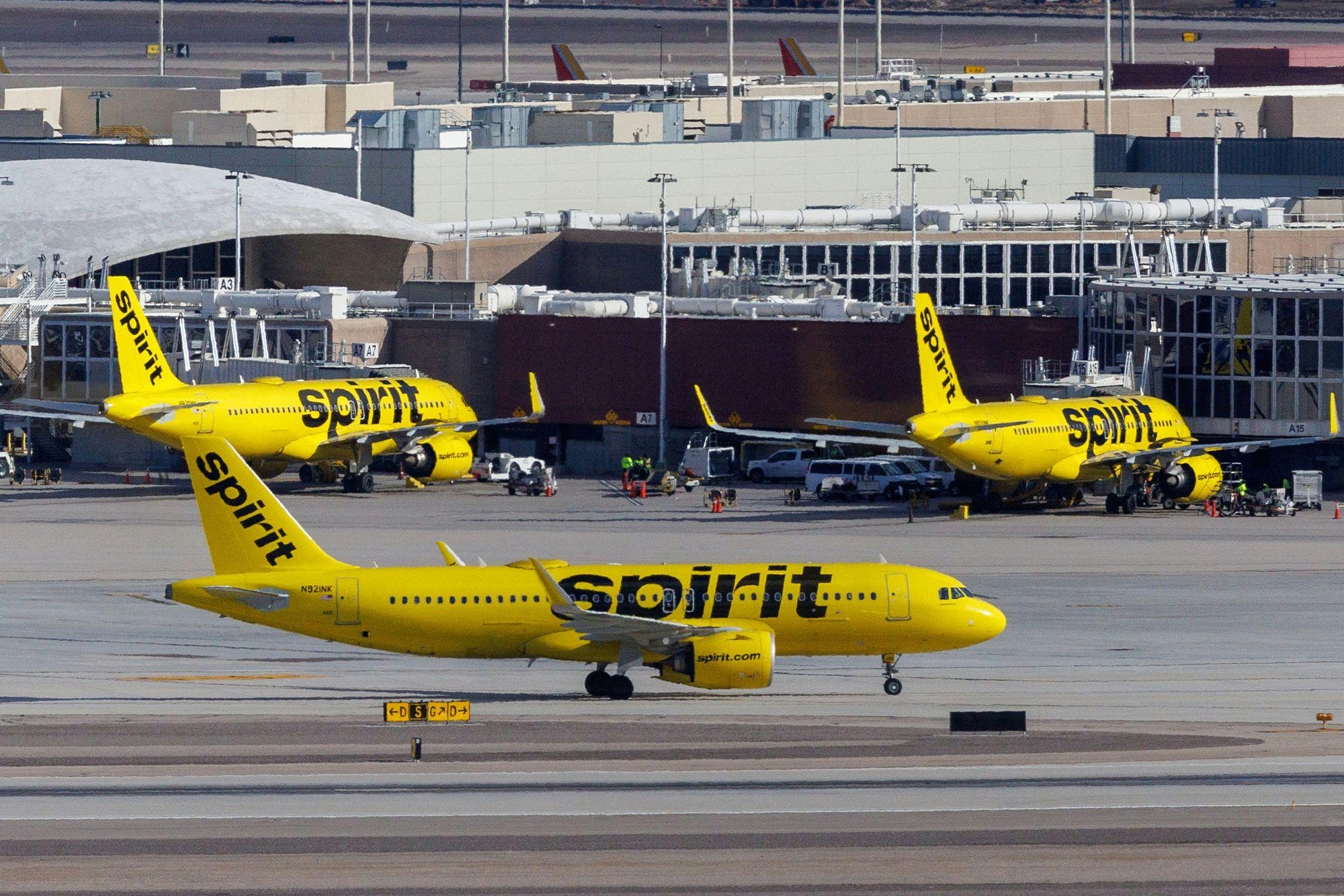
Spirit Airlines to Furlough 270 Pilots and Demote 140 Captains
Spirit Airlines Announces Significant Pilot Workforce Reductions
Spirit Airlines has revealed plans to furlough approximately 270 pilots effective November 1, 2025, alongside the demotion of around 140 captains to first officer positions beginning October 1. The airline described these actions as necessary steps to enhance operational efficiency and align staffing with its revised flight schedule, all aimed at supporting its ongoing efforts to return to profitability.
Financial Challenges and Operational Adjustments
These workforce reductions come amid Spirit’s continued financial struggles following its Chapter 11 bankruptcy filing in November 2024. Although the airline emerged from bankruptcy protection in March 2025, it reported a net loss of $10.9 million in the first quarter of the year. Spirit currently operates a fleet of 215 aircraft, including various models of the Airbus A320 and A321 families, according to ch-aviation data.
The pilots affected by the furloughs, represented by the Air Line Pilots Association (ALPA), constitute roughly 25% of Spirit’s pilot workforce. This marks the second round of pilot furloughs in 2025, following an earlier reduction of about 200 pilots in January.
Market Implications and Competitive Landscape
Industry analysts warn that the reduction in pilot staffing and the demotion of captains may result in fewer flight options, particularly on key routes originating from Bay Area airports such as Oakland and San Jose. As Spirit scales back its operations, competitors including Frontier Airlines—currently expanding its domestic network—and Southwest Airlines, which has recently experienced profit declines and stock volatility, may seek to exploit the opportunity. These rivals could respond with aggressive pricing or by introducing new routes to attract passengers displaced by Spirit’s cutbacks.
The operational changes at Spirit are likely to attract increased scrutiny from both consumers and industry observers. Potential shifts in traveler preferences toward carriers perceived as more stable may reshape the competitive dynamics on routes where Spirit has traditionally held a strong presence. As the airline endeavors to restore profitability, the broader market may witness intensified competition and evolving service patterns.
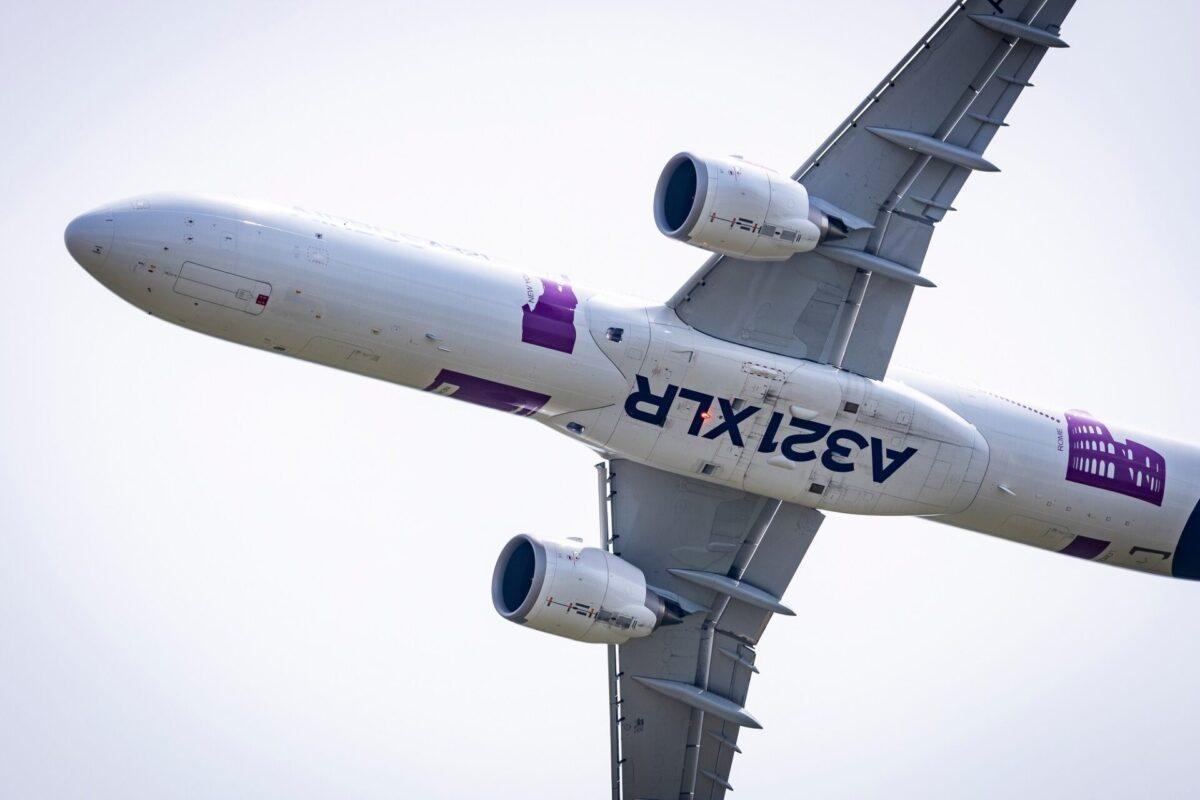
IndiGo A321XLR Delivery Timeline and Potential New Routes
IndiGo’s A321XLR Delivery Timeline and Expansion Strategy
India’s largest low-cost carrier, IndiGo Airlines, is preparing to receive its first Airbus A321XLR aircraft, now anticipated in December 2025. This new addition to the fleet is expected to significantly extend the airline’s international reach, enabling direct flights on longer routes that were previously inaccessible with its narrow-body aircraft. However, industry-wide production and supply chain disruptions pose risks to the delivery schedule, potentially affecting IndiGo’s ambitious global expansion plans.
The A321XLR, boasting a range of approximately 8,700 kilometers, will allow IndiGo to operate nonstop flights from major Indian hubs such as Delhi, Mumbai, and Hyderabad to destinations including Seoul, Athens, and Nairobi. These routes are central to the airline’s growth strategy through 2030, as it currently operates over 2,200 daily flights to more than 140 destinations across Asia, Europe, and Africa. IndiGo has placed an order for 69 A321XLRs, aiming to strengthen its presence in Europe, Northeast Asia, and East Africa.
CEO Pieter Elbers has described the A321XLR as a critical link between the airline’s existing A321neo fleet and its forthcoming long-haul Airbus A350 services, scheduled to commence in 2027. The extended range of the XLR model, which adds up to two hours of additional flying time, will open new markets such as Denpasar, Athens, and Nairobi, while reinforcing IndiGo’s foothold in established international sectors.
Challenges and Competitive Landscape
Despite these promising developments, IndiGo faces significant challenges. Delays in aircraft production and supply chains threaten to slow the introduction of the A321XLR, potentially postponing the launch of new long-haul routes and the planned rollout of business class services. These uncertainties have elicited mixed responses from investors, with some expressing concern over the impact on the airline’s expansion timeline, while others remain confident in IndiGo’s long-term growth prospects.
Competition is intensifying, notably from carriers such as Aegean Airlines, which is reportedly considering India for its initial A321LR routes. This emerging rivalry could affect key markets that IndiGo is targeting with its expanded fleet.
In response, IndiGo is advancing a multi-hub strategy designed to optimize fleet utilization and operational efficiency. Mumbai is positioned as the gateway to West Asia, Delhi will focus on Central Asia, and Hyderabad will support niche domestic and regional routes. This approach is intended to sustain and enhance the airline’s long-haul services.
To further strengthen its international network, IndiGo has established partnerships with major global airlines including Delta, Air France-KLM, Virgin Atlantic, and Japan Airlines. These alliances, facilitated through codeshare agreements, will extend IndiGo’s connectivity to over 30 cities across Europe and North America. Additionally, the airline has increased its order for wide-body Airbus A350s and plans to introduce Boeing 787 aircraft, diversifying its fleet and enabling direct service to high-demand long-haul destinations.
Leveraging India’s strategic geographic location—where 65% of the world’s population is within a five to six-hour flight—IndiGo aims to reduce dependence on foreign hubs and develop a self-reliant medium- and long-haul network. While supply chain delays present tangible obstacles, the airline remains focused on transforming its international connectivity and establishing itself as a globally competitive carrier.
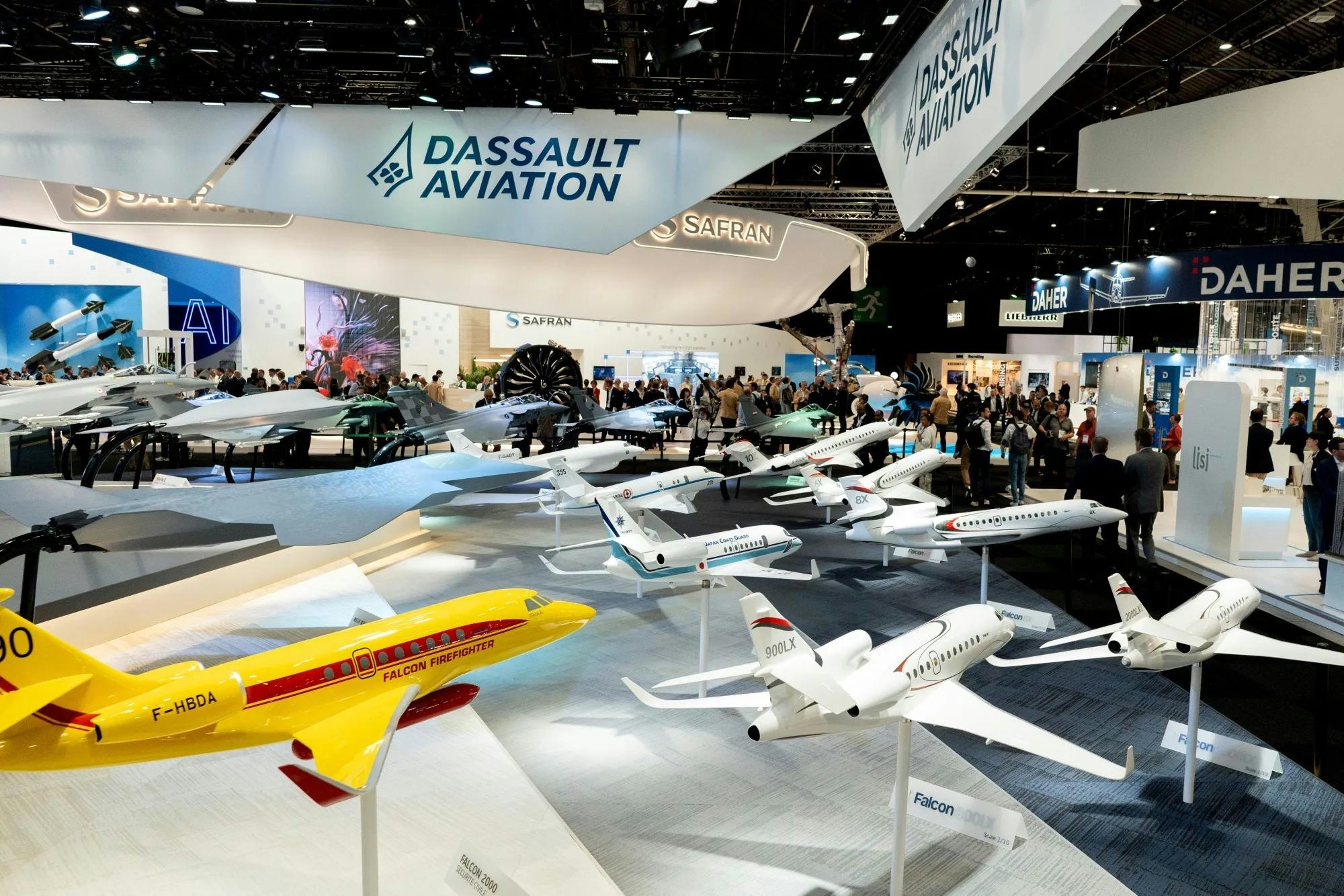
Tariff Concerns and Supply Chain Issues Impact Dassault Falcon
Tariff Concerns and Supply Chain Challenges Impact Dassault Falcon Performance
Dassault Aviation has reported a subdued performance for its Falcon business jet line in the first half of 2025, attributing the downturn to persistent supply chain disruptions and escalating concerns over potential U.S. tariffs. The French aerospace manufacturer recorded only eight Falcon jet orders during this period, a decline from 11 in the same timeframe last year, while deliveries remained steady at 12 aircraft.
Impact of U.S. Tariffs on Market Competitiveness
Chief Executive Eric Trappier emphasized the looming tariff threat as a significant factor undermining the Falcon’s competitiveness, particularly in the crucial U.S. market where Dassault faces strong competition from rivals such as Gulfstream. The U.S. government is set to impose 30% tariffs on European imports starting 1 August 2025, a development Trappier warned could severely damage Dassault’s market position. He cautioned that even lower tariff rates of 10 to 20% would render operations in the U.S. market unviable for European manufacturers, who already face inherent disadvantages compared to their American counterparts.
Dassault’s full-year guidance anticipates approximately 40 Falcon deliveries, though this forecast does not factor in the potential ramifications of U.S. tariffs or retaliatory European measures. Trappier noted that while 40 deliveries would represent a solid performance, the company could sustain itself with fewer Falcon deliveries if it increased production of its Rafale fighter jets. Nonetheless, he acknowledged that any import tax would elevate costs and place Dassault in a challenging position, despite the company’s efforts to mitigate tariff impacts by completing Falcon interiors at its facility in Little Rock, Arkansas.
Supply Chain Disruptions and Strategic Adjustments
Compounding these tariff concerns are ongoing supply chain difficulties. Trappier described persistent delays from contractors and highlighted that some suppliers are struggling to survive, undergoing restructuring or ownership changes. Although the most severe disruptions caused by the Covid-19 pandemic have largely subsided, he warned that supply chain challenges could continue for another year or two.
In response, Dassault is adjusting its production strategy by shifting some manufacturing operations to India through a joint venture. This move aims to diversify the supply chain and reduce exposure to tariff-related risks. However, the recent imposition of 50% tariffs on Canadian aluminum, effective since 4 June 2025, introduces a new complication, threatening the supply of critical materials and potentially undermining these diversification efforts.
The broader aviation industry is also reevaluating vendor networks and exploring alternative sourcing options in countries less affected by tariffs. This trend is expected to influence procurement and aircraft acquisition strategies, as competitors seek to mitigate tariff risks through supply chain diversification.
Falcon 6X Deliveries and Market Outlook
Despite these challenges, deliveries of the Falcon 6X model have increased, accounting for approximately half of all Falcon deliveries in the first half of the year and receiving positive customer feedback. However, with the Russian market closed due to sanctions and uncertainty surrounding U.S. trade relations, Trappier warned of a difficult future. He stated, “If we can’t trade with the US anymore, things are going to get really tough for us,” underscoring the critical importance of the American market to Dassault’s business jet operations.
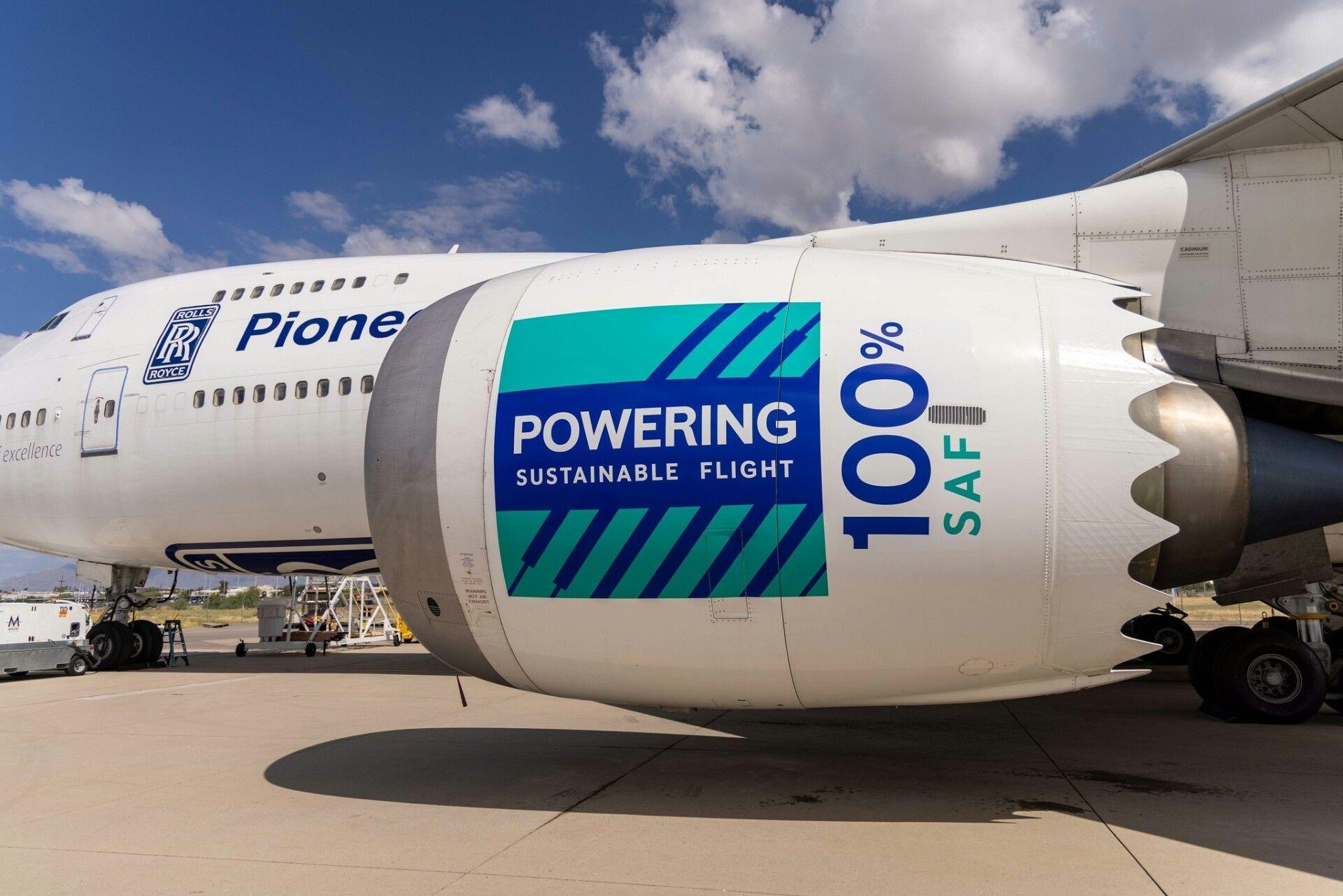
Rolls-Royce Retires Boeing 747 Testbed N787RR After Two Decades
Rolls-Royce Retires Iconic Boeing 747 Testbed N787RR After Two Decades
On July 9, 2025, Rolls-Royce officially retired its renowned Boeing 747-200 flying testbed, registered as N787RR, concluding nearly 20 years of groundbreaking engine development and flight testing. Stationed at Tucson International Airport, this distinctive aircraft played a pivotal role in advancing jet propulsion technology, establishing a lasting legacy in aviation innovation.
A Legacy of Innovation and Testing
Originally delivered to Cathay Pacific in 1980 under the registration VR-HIA, the aircraft later served with Air Atlanta Icelandic before Rolls-Royce acquired and converted it in 2005. Upon re-registration as N787RR, the 747-200 was transformed into a sophisticated flying laboratory. Its passenger cabin was stripped and refitted with advanced instrumentation, recording stations, and a custom mounting system capable of supporting up to five engines simultaneously. The four-engine 747-200 platform provided the necessary operational redundancy to safely test experimental powerplants, including the Trent 1000 and Pearl 10X engines.
Throughout its service, N787RR became synonymous with test flight innovation. In October 2023, it completed a landmark flight powered entirely by sustainable aviation fuel (SAF) on a Trent 1000 engine, demonstrating both the reliability and environmental potential of SAF at 43,000 feet over Arizona and Texas. The following year, the aircraft supported rigorous flight testing of the Pearl 10X engine, destined for the Dassault Falcon 10X business jet. These trials validated critical engine performance parameters, including anti-icing systems, in-flight relight capabilities, and fan vibration characteristics at altitudes reaching 45,000 feet.
Over two decades, the aircraft’s unique five-engine configuration provided unparalleled flexibility, accommodating a wide range of commercial and business jet engines. N787RR became a familiar sight at Tucson International Airport, admired by aviation enthusiasts for its distinctive mission and notable registration.
Transition and Future Challenges
The retirement of N787RR marks a significant transition for Rolls-Royce. The aging 747-200, now approaching 45 years in service, faced escalating maintenance and support costs, with an average of about 25 flights per year. Plans to replace it with a more modern 747-400 testbed, registered as N747RR, were abandoned in 2022 due to the COVID-19 pandemic, which disrupted engine development schedules and necessitated a reassessment of future testing strategies.
This shift presents new challenges as Rolls-Royce adapts its engine testing and development processes. The company is now concentrating on next-generation projects such as UltraFan, ALECSys, and exploring hydrogen-compatible platforms. Concurrently, Rolls-Royce’s broader market positioning is evolving, with increased focus on luxury automotive ventures including the Black Badge Spectre and Phantom Dentelle. A recent $75 million expansion in South Carolina underscores the company’s commitment to maintaining its competitive edge, even as it faces intensified competition from rivals seeking to capture market share in both aviation and luxury sectors.
As Rolls-Royce retires N787RR, the company stands at a crossroads, balancing its storied legacy in aviation innovation with the demands of a rapidly evolving industry.
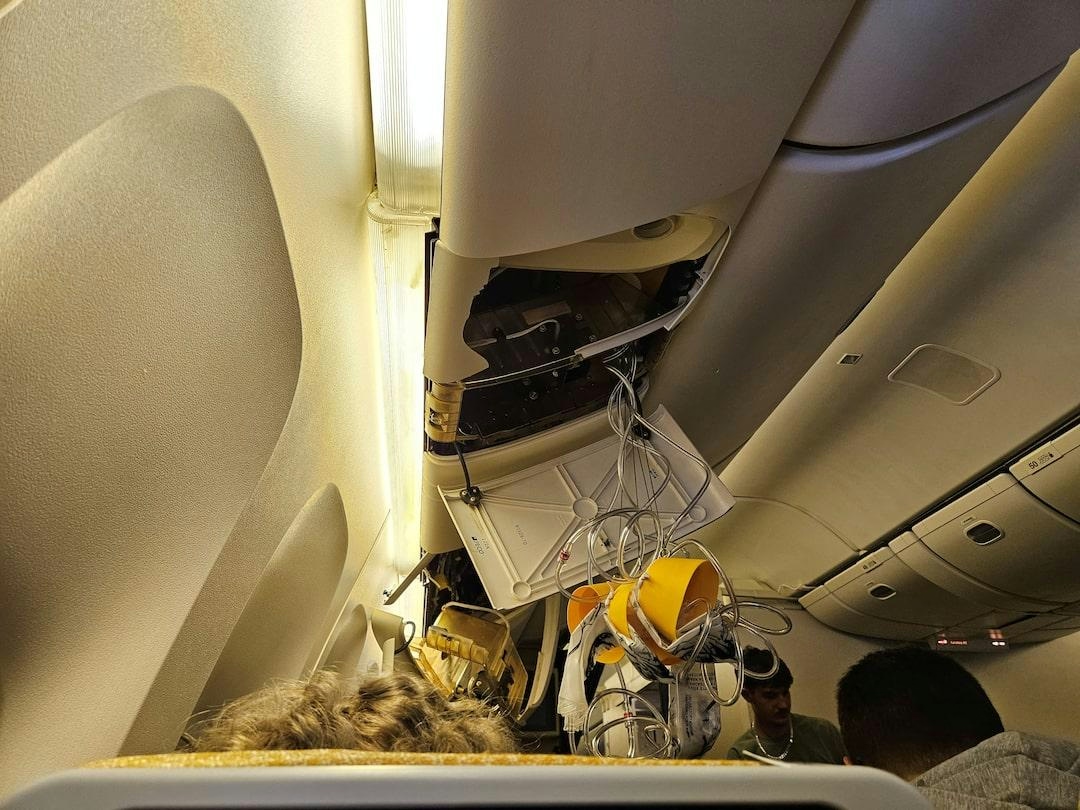
Aviation Industry Responds to Rising Turbulence
Aviation Industry Responds to Rising Turbulence
Technological Innovations in Turbulence Detection
The aviation sector is increasingly focused on addressing the escalating challenge of turbulence, prompting significant technological advancements aimed at enhancing flight safety. Among the most promising developments is the application of Light Detection and Ranging (Lidar) technology, which has been under exploration since at least 2010. Lidar operates similarly to the systems employed by autonomous vehicles, generating a three-dimensional map of the surrounding airspace. This capability offers the potential for pilots to detect and avoid turbulent zones well in advance.
A notable advancement emerged from a 2023 Chinese study, which introduced a "dual-wavelength" Lidar system capable of detecting light-to-moderate clear-air turbulence up to 10 kilometers ahead of an aircraft. Despite this progress, practical implementation remains challenging. At typical cruising altitudes, the reduced density of air molecules diminishes Lidar’s effectiveness, necessitating larger, heavier, and more energy-demanding equipment than what current commercial aircraft can feasibly support.
Operational Pressures and Industry Responses
These technological hurdles coincide with broader operational difficulties confronting the aviation industry. Recent incidents, such as a radar malfunction that caused widespread delays and cancellations across Europe, have intensified demands for reform in air traffic control (ATC) systems. Airlines like Ryanair have publicly called for improvements to ATC infrastructure to prevent similar disruptions and enhance overall operational resilience.
Simultaneously, airlines face increasing scrutiny over reliability and customer satisfaction. The Flightright Index 2025 underscores persistent challenges related to flight punctuality and service quality, drawing heightened attention from regulators and passengers alike. In response, carriers are revising their operational strategies to better manage these pressures. For instance, Swiss International Air Lines is proactively reassessing its plans ahead of the peak summer travel season to mitigate potential disruptions.
Future Outlook for Aviation Safety and Reliability
As turbulence incidents become more frequent and operational challenges continue, the aviation industry is under mounting pressure to invest in both technological innovation and systemic reform. Market analysts suggest that these developments may prompt stricter regulatory oversight and renewed efforts to improve service reliability across the sector. The successful integration of advanced detection technologies such as Lidar, combined with enhancements in ATC infrastructure and airline operational practices, will likely be critical to ensuring safer and more dependable air travel in the coming years.

Luminary Cloud Unveils SHIFT-Wing AI Model
Luminary Cloud Launches SHIFT-Wing AI Model to Transform Aircraft Wing Design
Advancing Conceptual Aircraft Design with AI
Luminary Cloud, based in San Mateo, California, has introduced SHIFT-Wing, an innovative artificial intelligence model and dataset aimed at accelerating the conceptual design of advanced aircraft wings. This new tool, now accessible for noncommercial use and available for commercial licensing, enables engineers to simulate wing designs for aircraft operating across subsonic to transonic speed regimes. By integrating sophisticated physics simulations, SHIFT-Wing empowers aerospace and automotive engineers to explore novel wing configurations early in the design process, significantly enhancing the scope and speed of aerodynamic evaluation.
Juan J. Alonso, Chief Technology Officer and co-founder of Luminary Cloud, as well as Chair of the Department of Aeronautics & Astronautics at Stanford University, described the release as a pivotal moment for AI-driven aerospace innovation. He emphasized that SHIFT-Wing allows companies to investigate a far greater number of design possibilities than previously feasible, providing near-instantaneous aerodynamic predictions. This capability facilitates deeper integration with other critical design elements, including structural analysis and control system development, thereby streamlining the overall aircraft design workflow.
Industry Reception and Strategic Implications
The aerospace sector has responded positively to SHIFT-Wing’s debut. Obi Ndu, Chief Information and Digital Officer at Otto Aviation, highlighted the model’s potential to augment the company’s proprietary physics-based simulation data. Ndu noted that the collaboration with Luminary Cloud would enable Otto’s engineers to accelerate the exploration, optimization, and validation of aerodynamic concepts, enhancing both efficiency and innovation.
Despite the enthusiasm, the rapid proliferation of AI in engineering design is attracting heightened scrutiny. Recent industry developments, such as OpenAI’s temporary suspension of certain projects to prioritize AI safety, underscore the growing concerns around ethical considerations and risk management. Luminary Cloud, along with other companies in the sector, faces the challenge of balancing technological advancement with responsible deployment to maintain investor confidence and user trust.
Competitors in the AI space are also adapting to this evolving landscape. Efforts to develop models that emphasize safety and ethical standards have intensified, reflecting trends observed in related markets such as AI coding tools, where firms like Windsurf and Google have taken strategic steps to address similar issues. Furthermore, the widespread adoption of AI technologies across various industries, particularly among small businesses, continues to expose skill gaps and security vulnerabilities. These factors are likely to influence how Luminary Cloud positions SHIFT-Wing and formulates its strategies to ensure both innovation and reliability.
Context Within Broader AI Developments in Aerospace
The launch of SHIFT-Wing coincides with a broader wave of AI-driven advancements in aerospace and adjacent fields. Notable initiatives include NASA and IBM’s open-source AI model designed for weather and climate applications, as well as GE Aerospace’s introduction of a generative AI platform for its workforce. These developments illustrate the sector’s rapid embrace of AI technologies, while simultaneously highlighting the ongoing dialogue around balancing innovation with safety and ethical responsibility. As AI continues to reshape engineering practices, the aerospace industry remains focused on navigating these complex challenges.
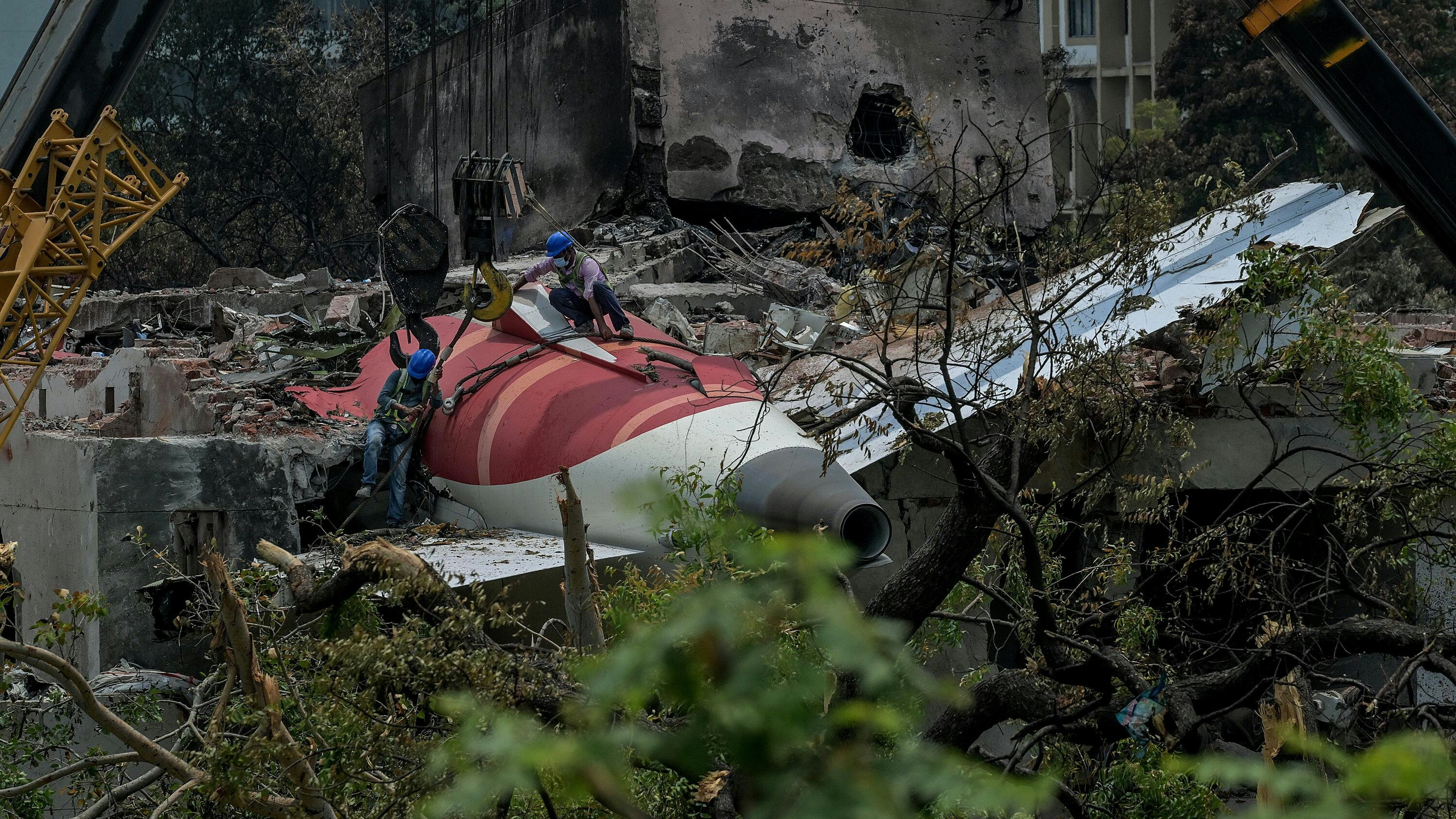
Technical Issue Investigated Hours Before Air India Crash Over Pilot Control of Switch
Technical Issue Investigated Hours Before Air India Crash Amid Pilot Control and Safety Concerns
Investigators probing the Air India crash on June 12 are concentrating on a series of electrical and software malfunctions that may have caused “un-commanded” cockpit actions, particularly involving the engine fuel cutoff switches. According to an official familiar with the inquiry, the investigation seeks to determine whether an “un-commanded transition” of the fuel control switches to the cut-off position occurred seconds after takeoff.
The aircraft crashed less than a minute after departing Ahmedabad en route to London Gatwick, resulting in the deaths of all 260 people on board. Notably, hours before the fatal flight, a pilot operating the same plane from Delhi to Ahmedabad reported a ‘Stabilizer Position Transducer Defect’ in the technical log. This sensor, which governs the aircraft’s pitch by transmitting electrical signals to the flight control system, is vital for ensuring accurate responses to pilot inputs.
Engineering staff addressed the malfunction following Boeing’s prescribed procedures. While the Stabilizer Position Transducer defect is a critical issue capable of causing incorrect flight control responses, including unintended fuel cut-off signals, the official stated it has not been identified as the direct cause of the crash. Nonetheless, investigators are exploring whether it contributed to a broader sensor failure.
Aircraft’s Technical History and Ongoing Investigation
The aircraft’s maintenance records reveal a pattern of technical issues in the weeks preceding the crash. The plane experienced at least two other incidents: an electrical fault that led to a flight cancellation and a false fuel system warning. On December 12, 2024, the same AI-171 flight was grounded due to a major electrical failure, only departing the following day after repairs were completed. Additionally, in 2015, the aircraft made an emergency landing following a Cabin Air Compressor surge, a known problem affecting Boeing 787-8 Dreamliners.
Investigators are meticulously analyzing flight data and technical logs to trace the sequence of errors and evaluate the condition of the aircraft’s electrical and software systems. This includes a comprehensive review of maintenance records and recurring malfunctions throughout the aircraft’s operational life.
The crash has intensified scrutiny of Air India’s pilot training and cockpit procedures, with regulators examining the airline’s adherence to safety directives. Industry experts highlight that confusion surrounding the operation of engine fuel cutoff switches remains a central focus of the investigation, raising concerns about both technical reliability and crew response protocols.
The incident has also had wider repercussions. Air India’s stock price has come under pressure amid adverse publicity, while competitors have responded by launching enhanced safety audits and pilot training programs to reassure passengers and distance themselves from the controversy.
As families of the victims await answers, the investigation continues to explore both technical and operational factors behind the tragedy, with particular attention to the interaction between aircraft systems, pilot actions, and airline safety culture.

Navigating the Shift in Airline Retailing
Navigating the Shift in Airline Retailing
As airlines strive to implement next-generation retailing, they are finding that strategic vision alone is insufficient. The primary challenge lies in effective execution—integrating disparate systems, aligning internal teams, and scaling customer-centric experiences across the organization. According to Skift Research, the airline industry may need to invest between $3 billion and $15 billion over the next decade to achieve comprehensive digital transformation. Despite this, most carriers remain several years away from fully realizing the potential of new “offer and order” platforms, which aim to replace outdated, ticket-based systems with seamless, personalized retailing experiences.
Although there is widespread agreement on the necessity of change, many airlines remain caught in a state of inertia, hindered by aging legacy systems, organizational silos, and shifting strategic priorities. The market itself is evolving rapidly, with consumer behavior increasingly favoring online travel agencies. Platforms such as Booking.com have surpassed traditional agencies like Expedia in flight sales, marking a significant shift in how travelers book and interact with airlines. In response, carriers face mounting pressure to enhance their digital presence and customer engagement, even as fare increases in markets like Canada—driven by limited competition—pose additional challenges.
IBS Software seeks to address these complexities through its dynamic iRetail Experience, an interactive platform designed to guide airline leaders through the retail transformation journey—from exploring new possibilities to implementing actionable strategies. Ben Simmons, Vice President and Regional Head of Europe and Africa at IBS Software, emphasizes that “modern airline retailing isn’t a software sale. It’s a business transformation journey. And it requires engaging across the entire airline organization.”
The High-Stakes Pivot to Offer and Order
Airlines are accelerating efforts to modernize their retail strategies in order to meet evolving passenger expectations and counter the competitive threat posed by digital-first platforms. The industry is moving toward dynamic offer creation, personalized service bundles, and retail-style digital experiences that emulate leading e-commerce brands. However, transitioning to an offer-and-order framework is a complex and high-risk endeavor. Any misstep could disrupt operations, confuse customers, or negatively impact financial performance. Given the diverse range of stakeholders—from board members to frontline agents—airlines must carefully tailor their transformation messaging to address concerns spanning return on investment, IT disruption, usability, and customer service.
Pain Points and Roadblocks
Despite clear recognition of the need for transformation, execution frequently falters due to the complexity inherent in modern retailing ecosystems. Unlike traditional sales models, dynamic offer and order systems demand tightly integrated processes across pricing, servicing, inventory management, and loyalty programs. A single weak link can destabilize the entire operation. Many carriers’ existing infrastructures were not designed to support this level of orchestration. When systems fail to communicate in real time, even routine actions—such as rebooking a delayed flight that includes hotel and car rental components—can unravel the customer experience, often necessitating costly and time-consuming manual interventions.
Marco Contento, Vice President of Aviation Business Services at IBS Software, likens the situation to “a house of cards,” where “any change, like a delayed flight, can collapse the entire itinerary and require manual fixes.”
Leadership fatigue presents another significant barrier. After years of pilot programs and vendor pitches, many executives are reluctant to commit to yet another transformation roadmap without clear, measurable outcomes. At the same time, the sector must navigate regulatory changes and adapt to shifting consumer preferences for more flexible, digital booking options.
As airlines confront these challenges, the path forward will demand not only substantial technological investment but also organizational alignment and a renewed focus on enhancing the customer experience within an increasingly digital marketplace.
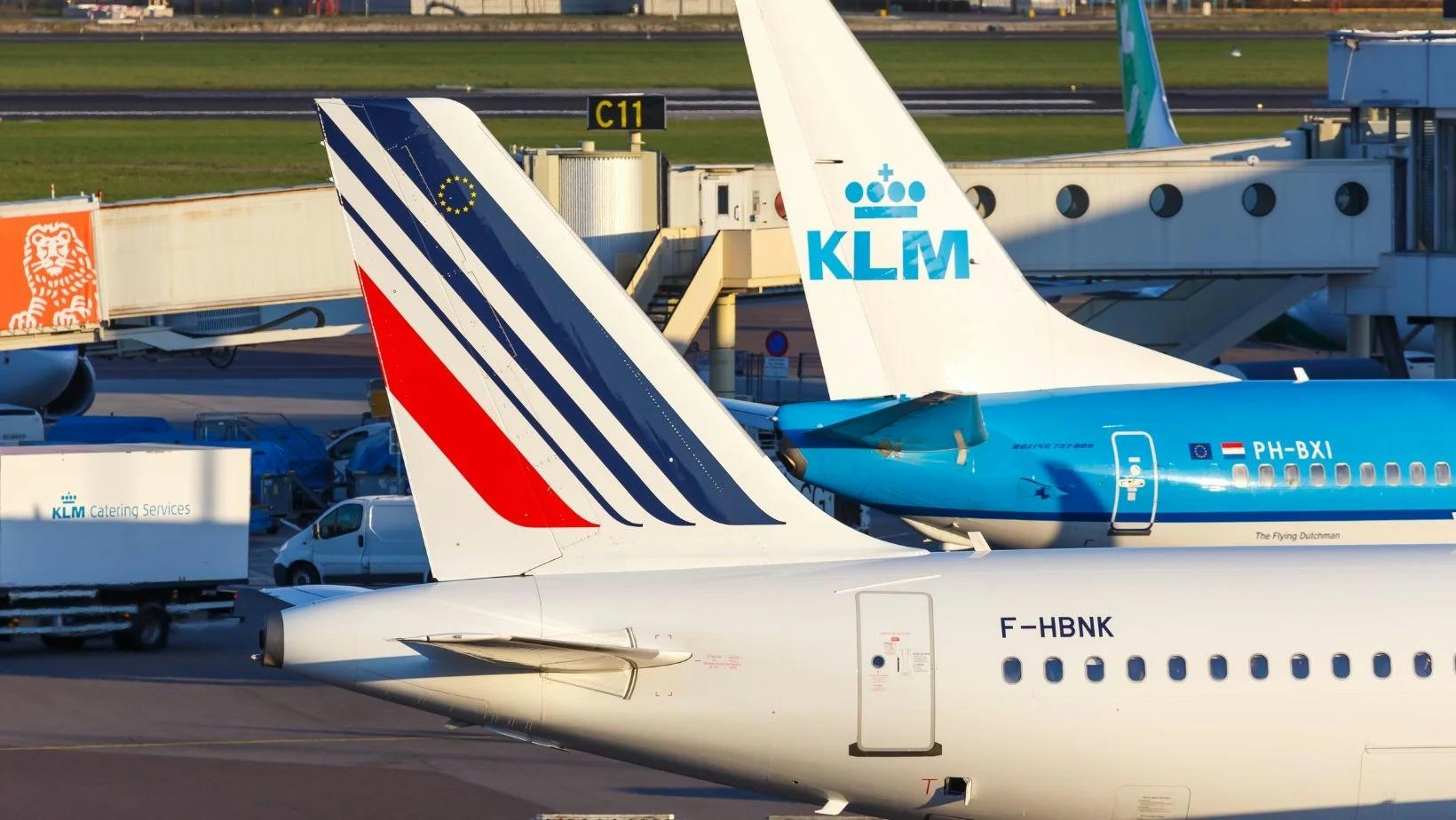
Air France-KLM Develops Cloud-Based AI Platform to Support Business Transformation
Air France-KLM Develops Cloud-Based AI Platform to Support Business Transformation
Air France-KLM has introduced a dedicated generative AI platform designed to accelerate innovation and operational transformation across its airline group. Developed in partnership with Accenture and Google Cloud, this new AI “factory” is hosted on Google Cloud and built with Accenture’s expertise. It provides a scalable framework for testing, managing, and deploying generative AI, agentic, and machine learning models tailored specifically to the airline’s operational needs.
Driving Innovation Across Operations
The generative AI platform is already delivering measurable benefits in key areas such as ground operations, engineering and maintenance, and customer service. By enabling the airline to identify and scale high-value use cases more efficiently, the platform leverages shared tools, methodologies, and cross-functional expertise. Air France-KLM reports that the transition from experimentation to enterprise-ready deployment has accelerated development speed by more than 35%.
This initiative builds on prior collaborations between Accenture and Air France-KLM aimed at modernizing the airline’s digital infrastructure, including migrating critical applications to the cloud. This foundational work has facilitated faster and more agile deployment of AI capabilities, such as a private AI assistant and retrieval-augmented generation (RAG) tools. These tools combine large language models with internal search functions to support complex tasks, including diagnosing and repairing aircraft damage.
Empowering Teams and Addressing Challenges
A key objective of the project is to empower internal teams to apply AI to practical business challenges. Through co-hosted ‘GenAI Days,’ employees have been trained to utilize the platform’s tools to develop solutions that generate tangible business impact, including cost savings and new revenue streams.
Despite these advances, integrating AI into existing operations presents significant challenges. Air France-KLM must navigate issues related to data security, regulatory compliance, and the complexities of embedding AI within legacy systems. As the airline industry increasingly adopts AI technologies, competitors are likely to accelerate their own initiatives or form strategic partnerships, intensifying competition. While early adopters like Air France-KLM may gain a competitive advantage, successful implementation requires careful management and strategic oversight.
Strategic Perspectives from Partners
Sabine Bechelani, managing director for travel and client account lead at Accenture, highlighted the strategic importance of the collaboration, stating, “This demonstrates how investing in a robust cloud-powered digital core strengthens organizational resilience and agility. By leveraging generative AI, we are not only simplifying the journey for customers but also unlocking significant business value.”
Isabelle Fraine, managing director of Google Cloud France, expressed enthusiasm about the partnership’s potential: “We are thrilled to bring the best of our cloud and AI technology to accelerate this business transformation, enhance the group’s operations, and foster the creation of new experiences for travellers.”
Julie Pozzi, head of data and AI at Air France-KLM, described the initiative as a transformative shift beyond technology. She noted, “Thanks to Accenture and Google Cloud, we aim at leveraging generative AI to reinvent the operational backbone of the airline industry. This collaboration will empower us to anticipate and respond to the evolving travel landscape, delivering a truly personalised and transformative experience for every passenger and every operation.”
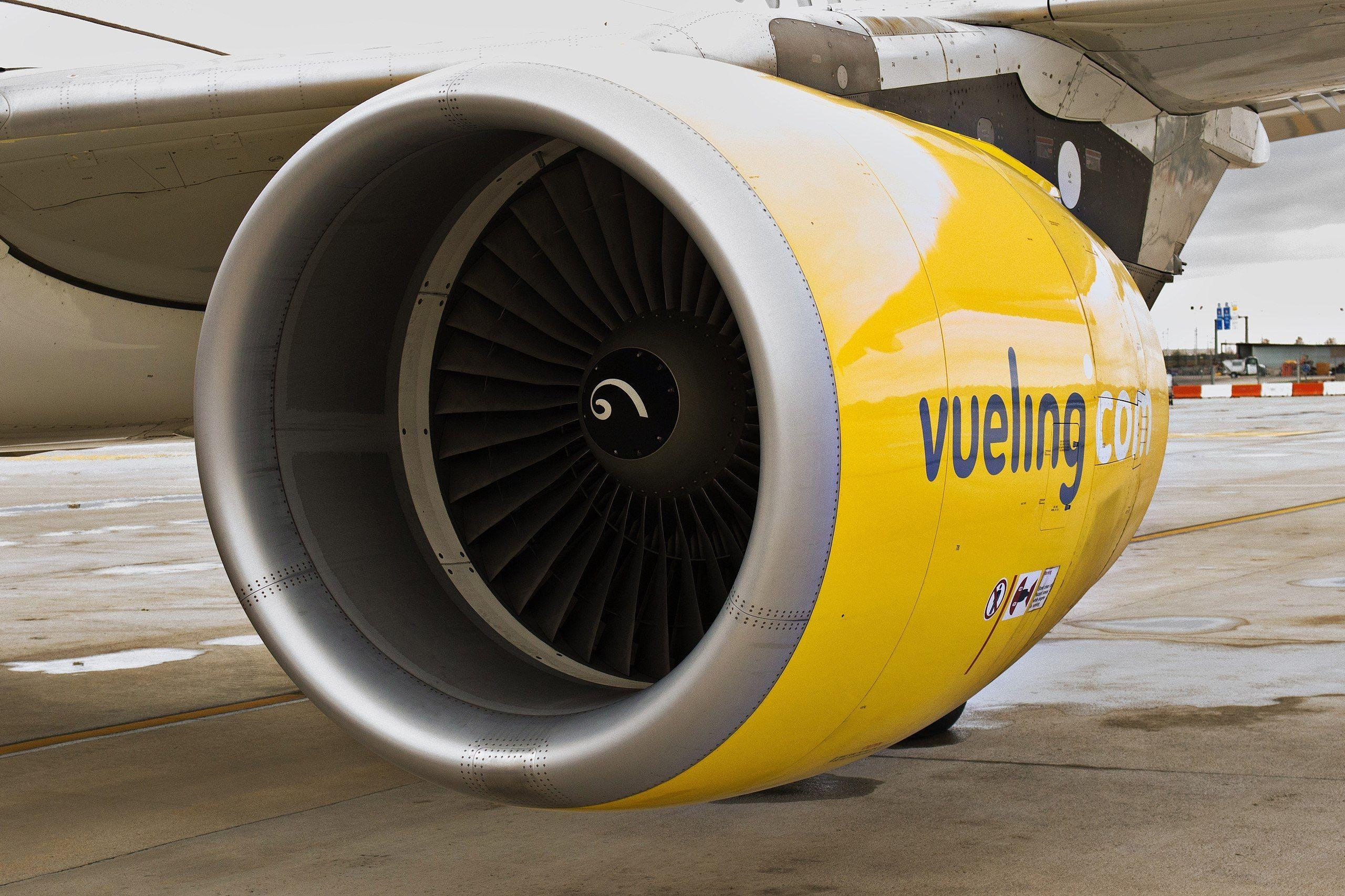
Comparing the CFM56 and LEAP Engines: Key Differences Explained
Comparing the CFM56 and LEAP Engines: Key Differences Explained
CFM International, a joint venture between GE Aerospace and Safran Aircraft Engines, has established itself as a dominant force in the commercial aircraft engine market. Founded in 1974 to develop the CFM56 turbofan, the company commanded a 39% share of the global market by 2020, surpassing competitors such as Rolls-Royce, Pratt & Whitney, and General Electric. The partnership between GE and Safran was renewed in 2021 and is set to continue through 2050, securing CFM International’s influential position in the industry for decades to come.
The CFM56: A Proven Industry Workhorse
The CFM56 engine family has become a foundational element of commercial aviation, powering thousands of aircraft worldwide. Its extensive installed base has solidified its dominance in the maintenance, repair, and overhaul (MRO) sector. Airlines continue to depend on the CFM56 for its proven reliability and the comprehensive support network that accompanies it, ensuring sustained demand despite the emergence of newer engine technologies.
The LEAP Engine: Advancing Performance and Efficiency
As the successor to the CFM56, the LEAP engine family represents a significant technological advancement in both performance and efficiency. Designed to meet the evolving demands of modern aviation, LEAP engines incorporate cutting-edge materials and engineering innovations. The fan blades, developed in collaboration with Albany Engineered Composites, are constructed from a woven carbon fiber mesh, rendering them thinner and stronger than previous designs. Additionally, the engine’s hot section employs Ceramic Matrix Composites (CMCs), which are lighter and more resistant to high temperatures, thereby enhancing overall efficiency.
The LEAP engine also features a higher bypass ratio, ranging from 40:1 to 50:1 at the top of climb, compared to the CFM56’s 37.4–38.3:1. This increased bypass ratio enables the engine to move a greater volume of air around the core, resulting in improved fuel efficiency and quieter operation—both critical factors in meeting contemporary environmental and noise regulations.
Technical Comparison
A comparison of the highest-performance models from each engine family underscores the technological progress embodied by the LEAP engine. The LEAP-1A boasts an overall pressure ratio of 40:1 (rising to 50:1 at climb), a maximum take-off thrust of 32,160 pounds-force (143.05 kN), and a fan diameter of 78 inches (198 cm). It weighs approximately 6,951 pounds (3,153 kg) when wet. In contrast, the CFM56-5C offers an overall pressure ratio between 37.4 and 38.3, maximum take-off thrust ranging from 31,200 to 34,000 pounds-force (138.78–151.24 kN), and a fan diameter of 68.3 inches (173 cm), with a dry weight of 5,830 pounds (2,644.4 kg). The LEAP’s higher pressure ratio and larger fan diameter contribute to its superior efficiency and thrust capabilities.
Market Dynamics and Future Outlook
While the LEAP engine is positioned as the future cornerstone of CFM International’s product line, it has encountered some initial reliability challenges typical of new engine technologies. Nevertheless, its adoption continues to expand as airlines prioritize improved fuel efficiency and reduced environmental impact. Meanwhile, the CFM56’s extensive installed base ensures its continued relevance in the MRO market, providing a steady demand for parts and servicing.
Together, the CFM56 and LEAP engines exemplify the evolution of commercial aviation propulsion: the CFM56 as a reliable and enduring workhorse, and the LEAP as a technologically advanced engine shaping the future of flight.
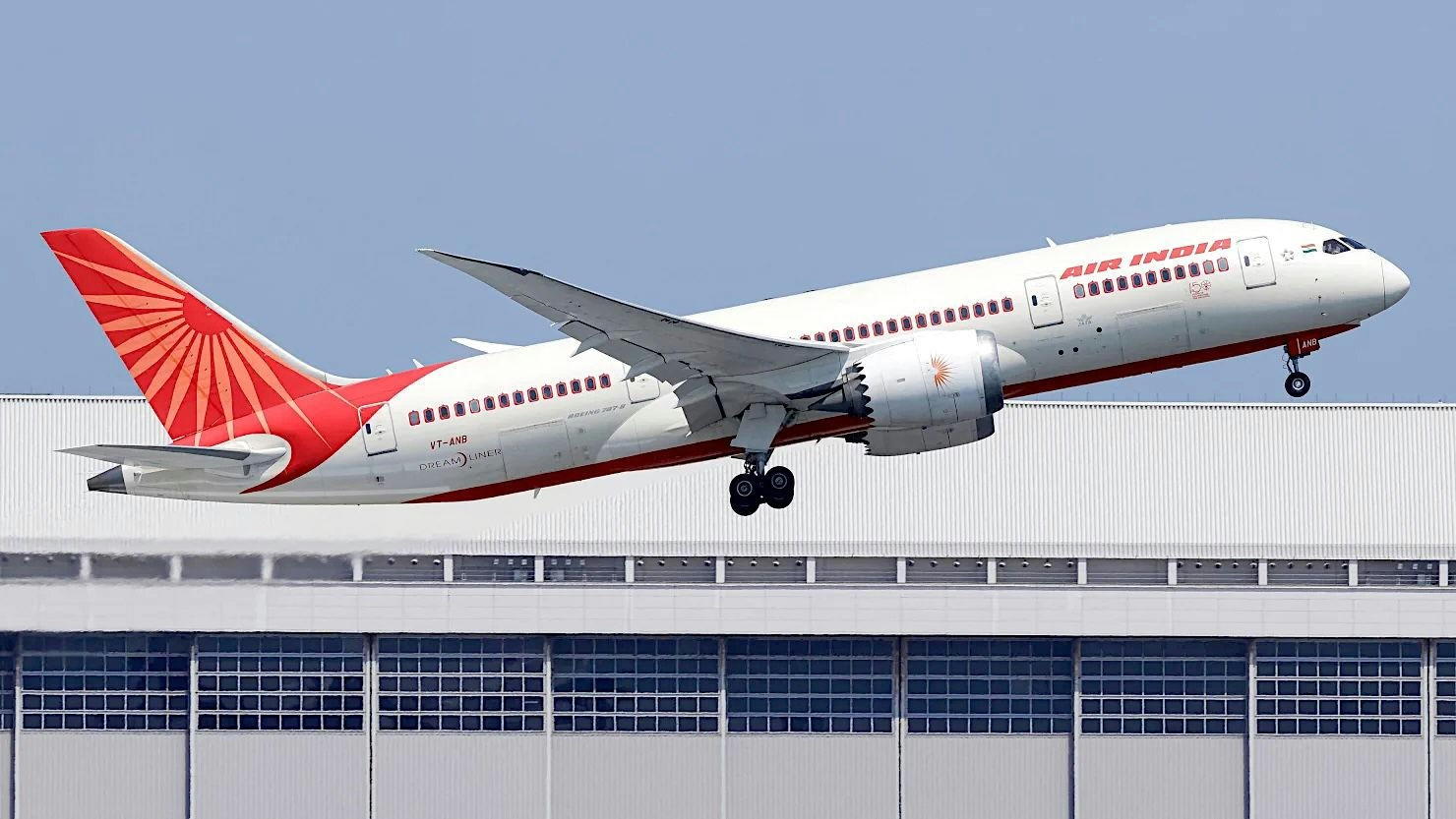
Aviation Expert: Boeing Dreamliner Software Reduced Fuel Use Twice Without Pilot Input
Aviation Expert Highlights Boeing Dreamliner Software’s Role in Fuel Cut Incidents
Aviation attorney and former US Department of Transportation Inspector General Mary Schiavo has cautioned against hastily attributing blame to pilots in the aftermath of the recent Air India crash. She underscored the significance of Boeing Dreamliner’s automated systems, which have been implicated in previous incidents involving unexpected fuel reductions without pilot intervention. Schiavo emphasized that the Boeing 787’s software is capable of independently cutting fuel to its engines, a factor that demands thorough investigation before fault is assigned.
Speaking to journalist Barkha Dutt, Schiavo noted that pilots are often blamed in approximately 75% of aviation incidents, yet many such accusations have been disproven. She described this tendency as not only unfair but overly simplistic and potentially harmful. “There are too many suspicious things to say, ‘Oh, it’s the pilots,’” she remarked, referencing earlier cases involving the same aircraft model where onboard systems autonomously reduced or cut fuel flow mid-flight.
Past Incidents and the TCMA System
Schiavo specifically cited a 2019 incident involving an All Nippon Airways (ANA) Boeing 787, where the aircraft’s system erroneously shut off fuel mid-air after mistakenly detecting that the plane had already landed. The software in question, known as the Thrust Control Malfunction Accommodation (TCMA) system, has been previously implicated in similar malfunctions. Designed to help the aircraft distinguish between flight and ground conditions, the TCMA can command the engines to reduce or cut power under certain circumstances. In the ANA case, the system’s premature fuel cutoff forced the plane to glide heavily to the runway. Fortunately, the incident occurred during landing rather than takeoff, preventing a crash.
Schiavo also referenced a more recent United Airlines Dreamliner flight from Washington, D.C., to Nigeria, where the aircraft reportedly entered a nose dive due to thrust and engine issues, again raising concerns about the behavior of automated systems.
Implications for Boeing and the Aviation Industry
The TCMA system, mandated by the US Federal Aviation Administration (FAA), lies at the heart of these concerns. Schiavo warned that errors by such automated protocols can have dire consequences, particularly during critical phases like takeoff when pilots have only seconds to react. These revelations come amid heightened scrutiny of Boeing, which is already grappling with a series of safety and production challenges.
The Air India crash has intensified regulatory and public attention, prompting increased inspections of Boeing 787 aircraft operated by Air India and causing flight delays and cancellations. The incident has also sparked broader questions regarding cockpit confusion, fuel management, and the reliability of automated systems, all of which are influencing perceptions of the Dreamliner’s safety.
Meanwhile, Boeing’s competitors are leveraging the situation to highlight their own advancements in software and integrated control technologies, positioning safety features as a key competitive advantage. As Boeing seeks to restore confidence in its flagship aircraft, experts like Schiavo stress the necessity of a comprehensive investigation that carefully weighs both human and technological factors before drawing conclusions.
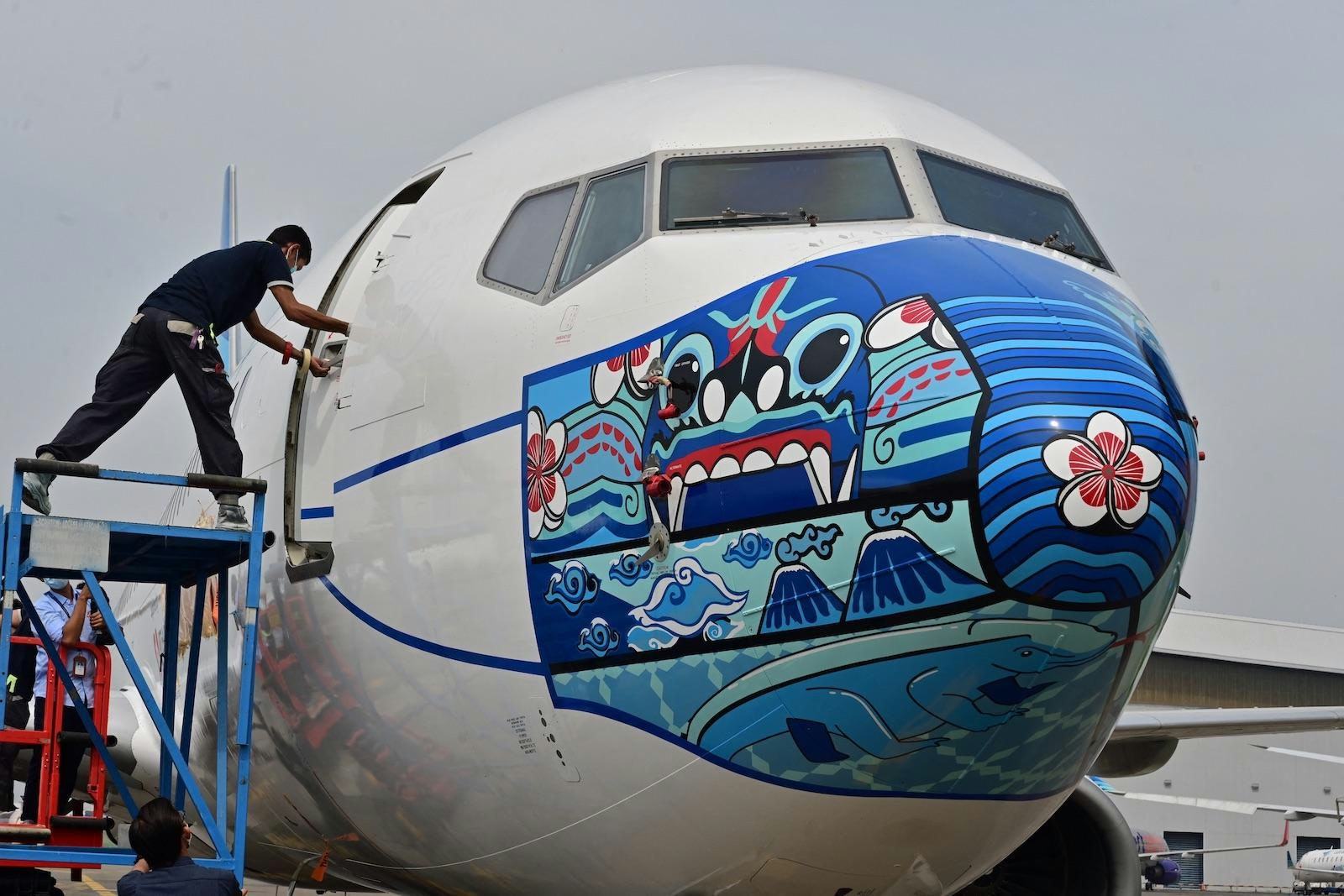
Garuda’s New 737 Lease Could Worsen Financial Strain
Garuda’s New 737 Lease Could Deepen Financial Strain
Rising Lease Costs Amid Financial Challenges
JAKARTA — Garuda Indonesia is facing increased financial pressure as it begins leasing a new Boeing 737 Max 8 at nearly double the monthly cost of its older 737 models. Sources familiar with the arrangement reveal that the state-owned airline is paying approximately US$400,000 per month for the 737 Max 8 leased from BOC Aviation, compared to around US$200,000 per month for its existing Boeing 737-800 fleet. Neither BOC Aviation nor Garuda representatives responded to requests for comment.
This surge in lease payments comes at a precarious time for Garuda, which is now under the ownership of Indonesia’s sovereign wealth fund, Danantara. The airline reported a full-year loss in 2024, marking its first deficit since restructuring nearly US$10 billion in debt in 2022. Although the newer 737 Max 8 offers improved fuel efficiency, it remains uncertain whether these operational savings will sufficiently offset the substantially higher leasing expenses.
Operational and Financial Pressures
The steep increase in lease costs partly reflects the discounted rates Garuda secured during its debt restructuring, which are not applicable to new aircraft leases. The airline’s financial difficulties are further exacerbated by operational challenges. As recently as May, approximately 10% of Garuda’s fleet was grounded due to difficulties in meeting maintenance payments. Maintenance and repair costs accounted for nearly 16% of the airline’s 2024 revenue, the highest proportion among global flag carriers, according to Bloomberg data.
In an effort to alleviate immediate cash flow constraints, Danantara extended a US$405 million loan to Garuda shortly before the airline agreed to lease the additional 737 Max. However, this infusion does not address the underlying financial strain imposed by the new lease agreement. Creditors and stakeholders have intensified their scrutiny of Garuda’s capacity to manage its mounting obligations.
Strategic Implications and Future Outlook
Industry analysts suggest that Garuda’s escalating financial challenges may create openings for competitors to increase their market share or offer more favorable financing options to attract customers. The ongoing fiscal strain could also undermine Garuda’s ability to maintain its fleet effectively, potentially impacting operational reliability and customer satisfaction.
Further complications may arise from a recent trade agreement between Indonesian President Prabowo Subianto and former US President Donald Trump, which includes the purchase of 50 Boeing jets. This deal could compel Garuda to accept aircraft acquisitions under terms that may not align with its operational needs. Trump announced on social media that Indonesia would order 50 Boeing planes, including several larger 777 models, though he did not specify the buyer. Garuda CEO Wamildan Tsani Panjaitan has previously indicated that the airline is negotiating to acquire between 50 and 75 Boeing aircraft, including 737 Max and 787-9 Dreamliner models.
As Garuda contends with these mounting financial and operational challenges, its resilience will remain under close observation by industry stakeholders and the broader market.

UK Court Denies Request to Freeze Vietjet Assets Over Debts
UK Court Denies Request to Freeze Vietjet Assets Amid Escalating Debt Dispute
A UK court has refused a request to impose a global freeze on the assets of Vietnamese low-cost carrier Vietjet, which is currently embroiled in a mounting debt crisis. The airline faces unpaid debts approaching $217 million, stemming from a legal dispute with FW Aviation, an aircraft leasing company affiliated with London-based FitzWalter Capital.
Legal Proceedings and Financial Implications
FW Aviation alleges that Vietjet defaulted on rental payments for four leased Airbus A321 aircraft, prompting the repossession of the planes. In April 2025, the High Court in London ruled that Vietjet owed FW Aviation over $180 million, a sum that has since increased to $217 million as of late July 2025. Vietjet’s challenge against the lease termination was dismissed by the Court of Appeal in June 2025, solidifying the lessor’s claims.
Following these rulings, FitzWalter Capital sought a global asset freeze to secure repayment. The court’s recent decision to deny this request grants Vietjet additional time to address its arrears with the Ireland-based lessor. While this ruling offers temporary relief, it also underscores the airline’s fragile financial position amid growing scrutiny from creditors and investors. Market analysts warn that the ongoing crisis could depress Vietjet’s stock value and undermine investor confidence. Furthermore, competitors may exploit the situation by expanding their market share or adopting more aggressive pricing strategies.
The airline’s unpaid lease obligations have intensified concerns about its financial stability, complicating efforts to secure future financing and stabilize operations. The heightened attention from stakeholders adds pressure on Vietjet as it navigates this challenging period.
Expansion Plans Amid Financial Struggles
Despite these financial difficulties, Vietjet continues to pursue ambitious growth strategies. On June 16, 2025, the airline signed a Memorandum of Understanding with Airbus at the Paris Air Show to purchase 100 single-aisle A321neo aircraft, with an option for an additional 50. This agreement represents the largest aircraft order announced at the 2025 Paris Air Show, signaling Vietjet’s determination to expand its fleet and market presence even as it contends with significant debt.
The coming months will be pivotal for Vietjet as it seeks to resolve its financial obligations and restore confidence among investors and business partners.

American Airlines Receives First A321XLR but Supply Chain Delays Prevent Its Use
American Airlines Takes Delivery of First A321XLR Amid Supply Chain Challenges
American Airlines Group has officially received its first Airbus A321XLR, a long-range narrowbody aircraft intended to strengthen the carrier’s transcontinental and international route network. The delivery ceremony was held in Hamburg, Germany, marking a notable advancement in American Airlines’ fleet expansion plans. Despite this milestone, the aircraft remains grounded in Europe due to ongoing supply chain disruptions, specifically a shortage of seats.
Supply Chain Disruptions Delay Aircraft Deployment
The airline has not revealed the identity of the seat manufacturer responsible for the delay, underscoring the persistent challenges that continue to affect the aviation industry. Supply chain issues have increasingly impacted aircraft deliveries and operational readiness across the sector. The A321XLR, equipped with 20 suites and 12 premium seats, is designed to offer the longest range of any single-aisle commercial aircraft. It plays a crucial role in American Airlines’ strategy to expand its long-haul fleet from approximately 125 aircraft today to 200 by 2029.
Originally, American Airlines planned to introduce the new jet on domestic long-haul routes later this year, with subsequent expansion to international services. These plans are now postponed until the seat supply issue is resolved. Market responses have been mixed, with some analysts expressing concern about the potential implications for American’s fleet growth and competitive positioning. The delay may also provide an opportunity for rival carriers to highlight their own supply chain resilience and operational readiness.
Broader Implications for the Aviation Industry
The grounding of the A321XLR highlights the wider difficulties confronting the aviation sector as manufacturers and airlines contend with ongoing supply chain bottlenecks. Until the seat shortage is addressed, American Airlines’ newest aircraft will remain out of service, delaying the carrier’s efforts to enhance its long-haul offerings and fleet modernization.
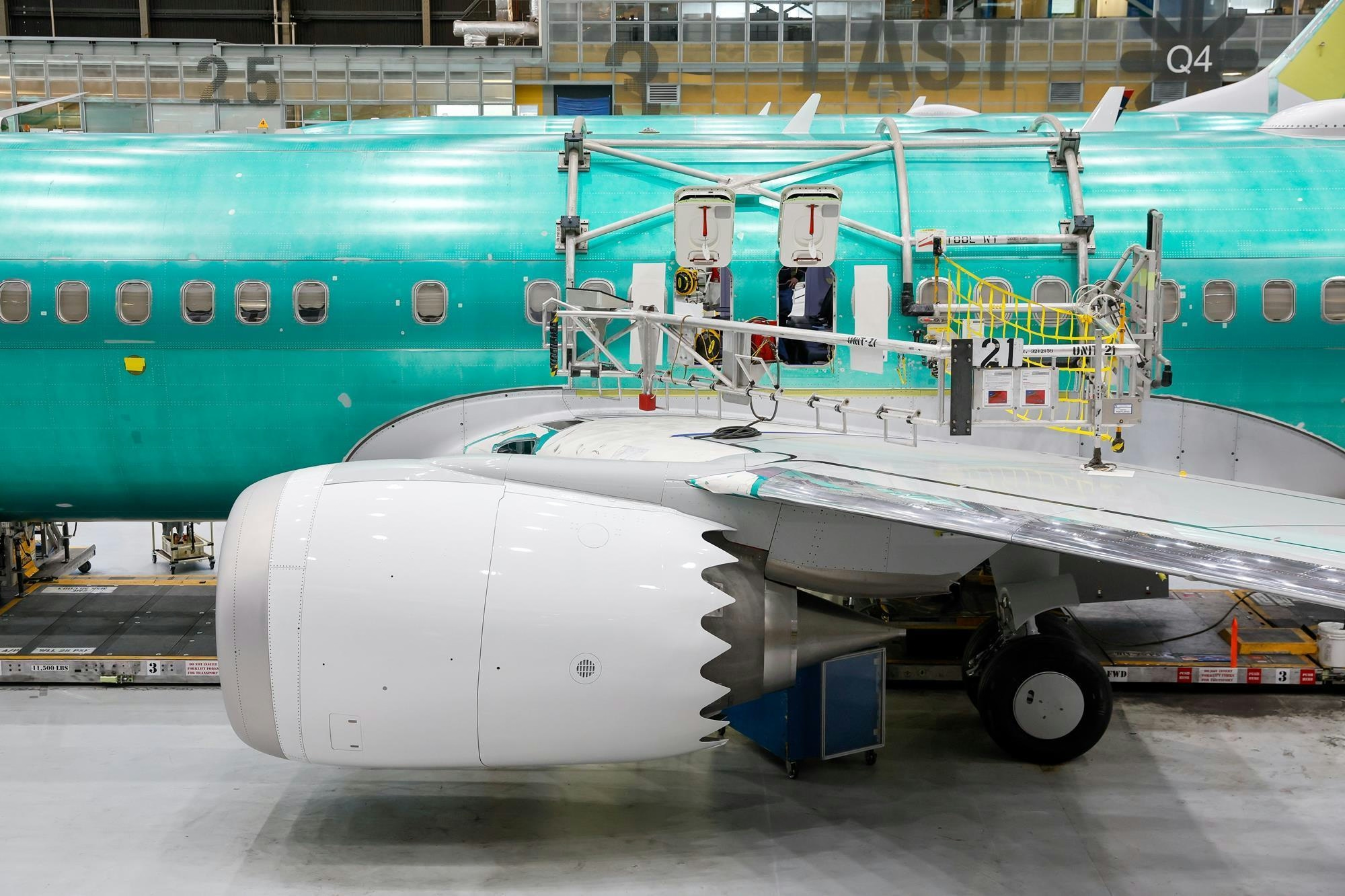
Safran Seeks to Clear Leap Engine Delivery Backlog to Airbus by End of October
Safran Aims to Resolve Leap Engine Delivery Backlog for Airbus by October
Safran is intensifying efforts to eliminate the backlog of CFM International Leap-1A engine deliveries to Airbus by the end of October, addressing a critical bottleneck that has disrupted aircraft production schedules. The engine manufacturer has faced significant challenges this year, including supply-chain constraints and a strike, which have contributed to delays. As a result, Airbus has been compelled to park approximately 60 aircraft without engines, most of which are awaiting Leap powerplants, leading to a congested delivery schedule in the first half of 2024.
Recovery Plan and Production Challenges
Despite these obstacles, Safran remains optimistic about its recovery trajectory. Chief Executive Olivier Andries, during a half-year briefing on July 31, acknowledged that the company had not yet fully recovered from the strike’s impact but anticipated substantial progress by the end of the third quarter. “By the end of October, we should have completely recovered to avoid further disruption to Airbus’s delivery plan,” Andries stated. Airbus, which targets delivering 820 commercial aircraft in 2024, had completed 306 deliveries by mid-year and is relying heavily on Safran’s ability to meet this timeline to realign its full-year production goals.
Clearing the backlog will necessitate a significant ramp-up in Safran’s production capacity alongside enhanced supply chain management. The company continues to face the complex task of making weekly decisions on whether to allocate engines to support the in-service fleet or to aircraft manufacturers. Andries highlighted the operational frustration caused by grounded aircraft awaiting engines, emphasizing that minimizing aircraft downtime remains a top priority.
Market Implications and Future Outlook
Market responses to Safran’s situation have been varied. While demand for jet engine spare parts has bolstered profits, ongoing delays in engine deliveries risk further impacting Airbus’s production schedules. Competitors such as GE Aerospace and Rolls-Royce may intensify their production efforts to capitalize on the supply challenges and protect their market share.
In spite of these difficulties, Safran recently raised its outlook for 2025 following stronger-than-expected mid-year profits, reflecting confidence in its operational resilience. The company’s success in executing its recovery plan will be closely monitored by industry stakeholders and investors alike, as it seeks to stabilize Airbus’s delivery pipeline and maintain its competitive standing in the global aerospace sector.
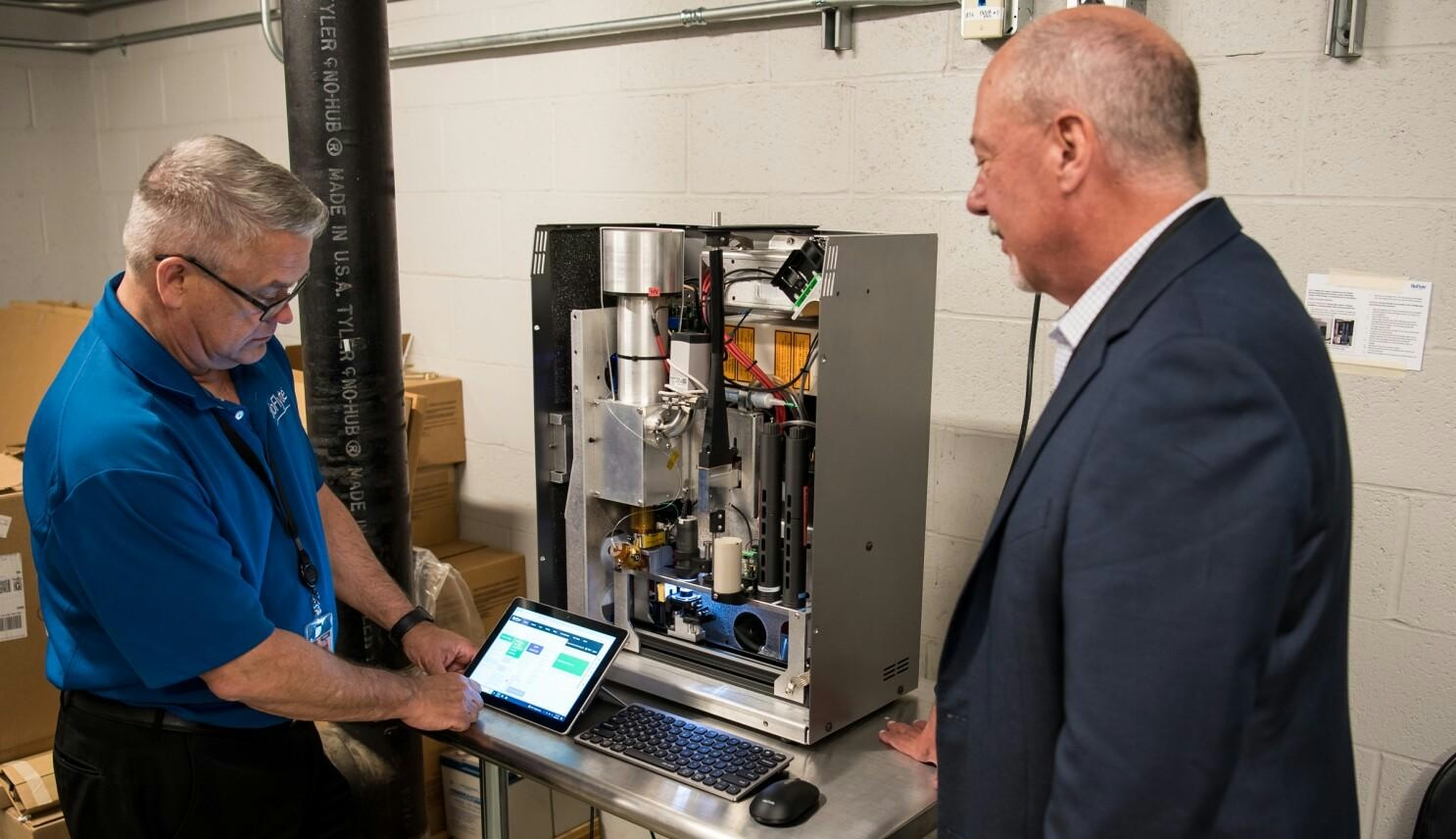
PIT and BioFlyte Partner to Deploy Aerosol Detection Technology
PIT and BioFlyte Collaborate to Advance Aerosol Detection in Aviation
Pittsburgh International Airport (PIT) has entered into a five-year partnership with BioFlyte, a biothreat security company and participant in PIT’s xBridge innovation program, to accelerate the deployment of advanced aerosol detection technology within aviation environments. This collaboration seeks to enhance passenger safety and operational resilience by integrating cutting-edge biological and chemical threat detection systems.
Innovation and Security at the Forefront
PIT, recognized as a Corporate Partner of the FTE Digital, Innovation & Startup Hub, was the first airport to implement BioFlyte’s mass spectrometers. The partnership aims to expand the use of BioFlyte’s technology, which provides real-time detection of biological and chemical threats. Travis McNichols, Chief Operations Officer at PIT, emphasized the airport’s role in the region’s technology ecosystem, stating that the agreement highlights PIT’s dedication to maintaining leadership in aviation security and innovation. He noted that BioFlyte’s progress exemplifies how the xBridge program transforms promising innovations into practical solutions.
BioFlyte’s Aerosol Detection Technology
BioFlyte specializes in field-deployable aerosol mass spectrometers, with its flagship product, the BioTOF z200, representing a pioneering dynamic threat monitoring system. This device offers early warning detection, analysis, and confirmatory identification of a broad spectrum of chemical and biological threats. It is capable of detecting particulate hazards including bacteria, viruses, biotoxins such as anthrax and ricin, and pharmaceutical agents like fentanyl. The system completes the testing process—from sample collection to identification—within five to ten minutes, enabling rapid threat response while minimizing disruption to airport operations.
Challenges and Market Outlook
Despite positive market reception and strong stakeholder confidence, the partnership faces several challenges. Ensuring the detection system’s reliability and effectiveness in identifying hazardous airborne toxins remains paramount. Additionally, securing sustained funding for the joint marketing agreement and integrating the technology into existing airport security frameworks will require meticulous coordination. Industry analysts anticipate that competitors may respond by developing similar technologies or forming new alliances, as the emphasis on biothreat detection in aviation intensifies.
Todd Sickles, President and CEO of BioFlyte, highlighted the importance of the early validation work conducted through xBridge, which demonstrated the technology’s reliability, performance, and cost-effectiveness. He expressed optimism about the next phase of the partnership, where PIT’s operational expertise and leadership in technology will facilitate broader market adoption and enable other airports to benefit from enhanced biological and chemical threat detection capabilities.
Strategic Collaboration and Regional Impact
Under the terms of the agreement, PIT will host industry demonstrations, support joint public awareness initiatives, and act as a formal customer reference. This collaboration reinforces PIT’s position as a hub for innovation, attracting partnerships that advance public safety, technology commercialization, and economic development within the region.
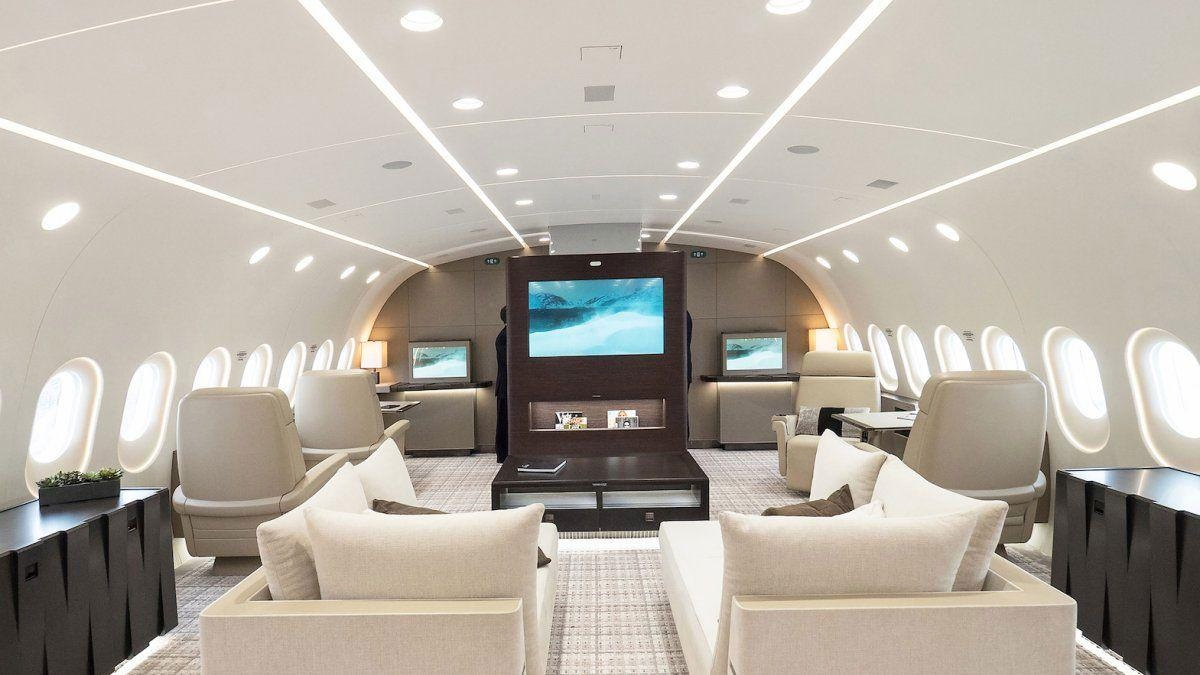
The Cost of a Boeing 787 Dreamliner
The Cost and Impact of the Boeing 787 Dreamliner
Innovation and Market Position
The Boeing 787 Dreamliner has emerged as a pivotal aircraft in the realm of long-haul aviation, renowned for its blend of fuel efficiency, extended range, and improved passenger comfort. Developed by Boeing Commercial Airplanes, the 787 was designed to compete directly with Airbus models such as the A330 and A350. Initially introduced as the 7E7 in January 2003, the program aimed to revolutionize aircraft efficiency standards. Officially launched in April 2004 with a landmark order of 50 aircraft from All Nippon Airways (ANA), the Dreamliner faced early production delays but successfully completed its maiden flight in December 2009. Following certification in August 2011, ANA received the first 787-8, which entered commercial service two months later.
The aircraft was engineered to consume 20% less fuel than its predecessor, the Boeing 767, accommodating between 200 and 300 passengers with a maximum range of approximately 8,500 nautical miles (15,700 kilometers). This capability allows airlines to operate long, thin routes—such as Baku to New York or Auckland to New York—that would be economically unfeasible with larger widebody aircraft like the Boeing 777.
Pricing and Industry Challenges
The list price of a new Boeing 787 Dreamliner stands at approximately $295 million. However, the aircraft’s market dynamics extend beyond this nominal figure. The program has encountered significant challenges, including supply chain disruptions and tariff-related cost increases, which have affected production timelines and final costs for airline customers. These factors have intensified competition within the widebody aircraft market, prompting Airbus to enhance its offerings in an effort to rival the Dreamliner’s efficiency and market appeal.
Transforming Airline Operations
The 787 Dreamliner has played a crucial role in reshaping airline operational strategies, moving away from the traditional hub-and-spoke model that routes passengers through central hubs before reaching their final destinations. Its fuel efficiency and extended range have enabled airlines to adopt a point-to-point travel model, allowing profitable service on less-trafficked, long-haul routes that were previously unviable for larger aircraft.
Powered by either General Electric GEnx or Rolls-Royce Trent 1000 high-bypass turbofan engines, the Dreamliner is distinguished by its composite airframe, advanced electrical systems, and distinctive design features such as a four-window cockpit, raked wingtips, and noise-reducing chevrons on its engine nacelles.
Manufacturing and Strategic Investment
Since March 2021, Boeing has centralized final assembly of the 787 at its South Carolina facility in North Charleston. This strategic relocation was driven by favorable economic incentives, access to a skilled workforce, and logistical advantages. The move has strengthened Boeing’s production capabilities and significantly contributed to the regional aerospace industry, generating thousands of jobs and underscoring the company’s commitment to innovation in commercial aviation.
With its $295 million price tag, the Boeing 787 Dreamliner continues to influence the future of long-haul air travel. Despite ongoing market challenges, its efficiency and versatility maintain its position at the forefront of modern aviation, fostering competition and expanding operational possibilities for airlines worldwide.
Ask AeroGenie
